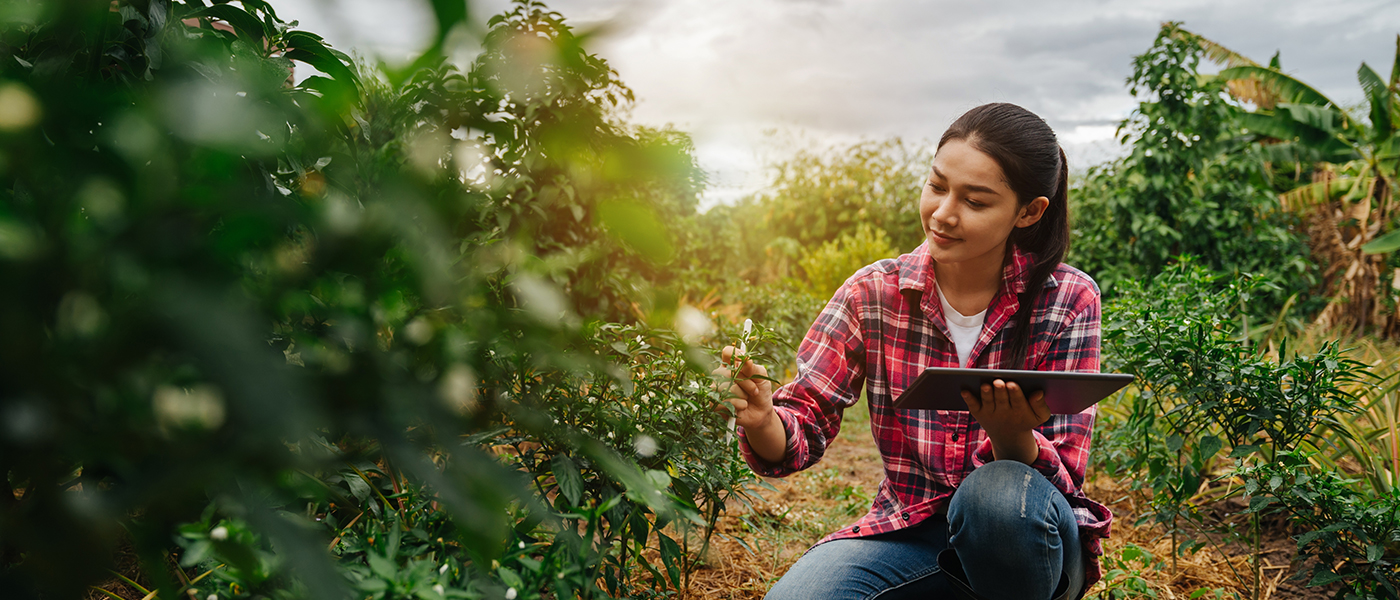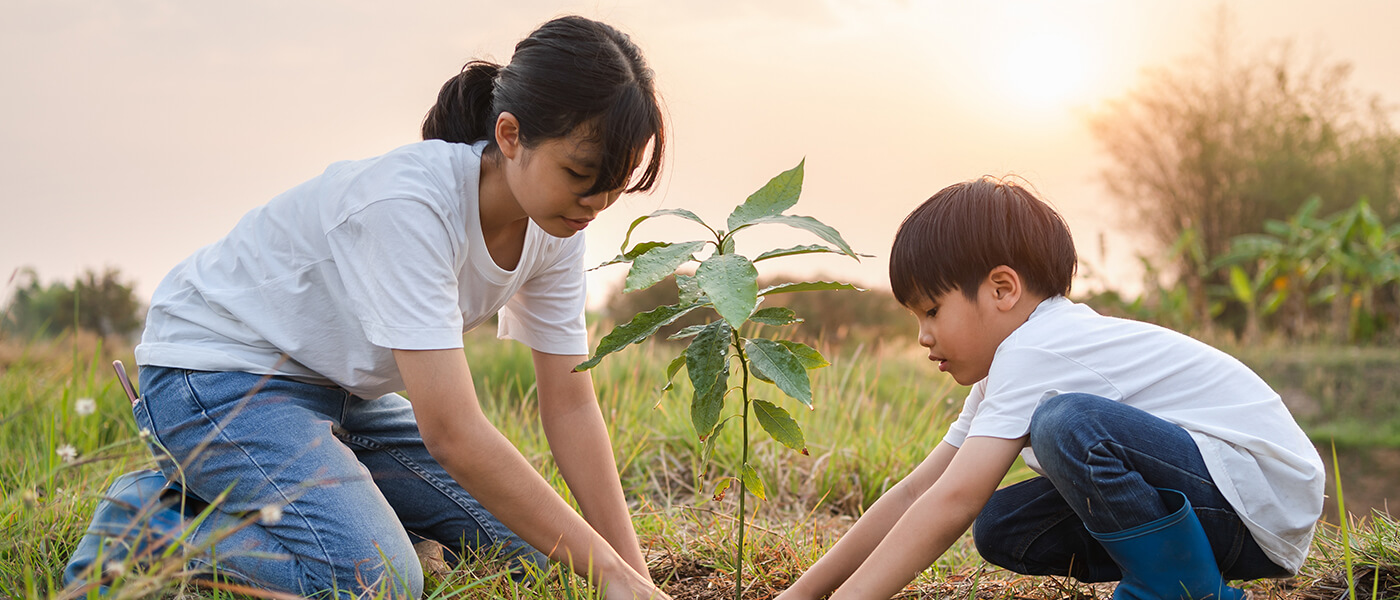Eco-friendly brands that empower you for a greener home
- Home
- Archive by Category "Residential" (
- Page 4 )
[Post Date]
Eco-friendly brands that empower you for a greener home

While it may feel like the waste we create on a daily basis is insignificant, the numbers can quickly accumulate over time. In 2022 alone, 7.39 million tonnes of solid waste were disposed of in Singapore, of which 1.86 million tonnes was generated by households.
As more organisations take a stance on attaining zero waste, it is now easier for us to make impactful changes and enjoy a more eco-conscious lifestyle.
In this month’s blog, we’re showcasing three local brands that are making environmentally-friendly household products easily accessible. If you’re keen to start embarking on your own zero waste journey, read on to see what they have to offer.

Natural personal care for the family
While we rely on soap to clean our body, mass-produced soaps use synthetic chemicals to create lather and scent and these are generally packed with preservatives that can be harmful to our skin, hard to break down when washed away, and contribute to pollution in our drains and oceans.
The Castile Soap Shop solves this problem by curating high-quality natural soaps and cleaners that are produced the right way. The brand advocates for the many natural ingredients found in our surroundings, primarily made from 100% organic plant oils, and incorporates them into their products to promote an organic, chemical-free cleaning routine.
Their online store features a wide array of products, be it for the body, hair, pets or home, making it a one-stop shop for all things related to home and self-cleaning. And once every month, the brand also provides a Mobile Refill Service for customers to have their favourite soaps topped up right at home in their recyclable bottles to reduce plastic waste.
Making eco-conscious choices can be convenient with brands like The Castile Soap Shop. If you would like to check them out, head over to their website or Instagram page.

Going green one chopstick at a time
Every week, over 1.5 billion disposable chopsticks are used worldwide – and are sent straight to the landfills.
With so much wood at our disposal, ChopValue has found a way to transform all these single-use waste into functional home furniture and decor pieces. From kitchen accessories, to home office desks and wooden toys, the brand is making their impact and crafting unique items to elevate your home, one chopstick at a time.
The company begins their process by collecting used chopsticks from various businesses before turning them into new engineered material that is stronger than oak and harder than maple. Consumers can now drop off their excess unused disposable chopsticks too, located at their micro-factory at 56 Loyang Way. Production then takes place in their micro-factories around the world to produce high-quality, minimalist furniture designed to elevate homes without compromising functionality or style.
You can find a range of upcycled furniture from phone holders to cheese boards on ChopValue’s online store, or follow their Instagram page to keep up-to-date with their latest news.

Choose Eco-Brands Over Mainstream Products
Practising yoga can help to reduce stress and anxiety by encouraging mindfulness and promoting a sense of relaxation. However, it is also important to be equally mindful of the impact that our fitness routines have on the environment.
Items such as conventional yoga mats, exercise balls, and resistance bands are typically made from polyvinyl chloride (PVC), which is non-biodegradable and difficult to recycle, and can take up to 500 years to break down. They also contain phthalates and other harmful chemicals that are released into the air and the environment over time.
By using eco-friendly workout gear and making sustainable choices, we can not only improve our own wellbeing but also contribute to a healthier environment. You can start to do so by taking a look at TouchTheToes, a local yoga shop that focuses on supplying sustainable and ethical products to promote an eco-conscious active lifestyle.
The store stocks yoga mats, workout apparels, and fitness accessories made from organic cotton, natural rubber and recycled plastic bottles. Their signature yoga products are free from synthetic chemicals and provide stronger grip and cushioning – courtesy of natural-occurring properties from components like rubber, cork and jute.
TouchTheToes’ goal is to ensure that they are neither short-changing their suppliers, nor charging a hefty price tag to their customers. Most of their products are ethically sourced and produced in line with the United Nations Sustainable Development Goals – a framework that prioritises responsible consumption, zero poverty and climate action. If you’re looking for new workout wear, why not check out TouchTheToes on their website or Instagram page.
Embark on your zero-waste journey today
As zero-waste practices continue to grow in Singapore, there are many more brands who are providing eco-friendly solutions and alternatives to help you embark on your own environmental journey.
Starting from today, you can make a stand to do your part in reducing waste by checking out these three sustainable living brands for your household essentials.
If you have enjoyed our monthly blog, you can also stand a chance to win our Facebook and Instagram giveaway too! Simply comment on our giveaway post by answering this question: “Name one of the 3 featured brands in our latest blogpost that advocate zero waste living.” 10 lucky winners will receive a Geneco Green Starter Kit and $30 worth of eCapitaVouchers. Contest ends on 31 May 2023, T&Cs apply.
Let’s continue to #PowerTheChange and embrace a #ZeroWaste lifestyle.
- *Last updated at 2pm on 21 March 2023
Image Credits: Nylon Coffee Roasters
Source: The Sustainability Project
Eco-friendly food choices for a sustainable future
- Home
- Archive by Category "Residential" (
- Page 4 )
[Post Date]
Eco-friendly food choices for a sustainable future
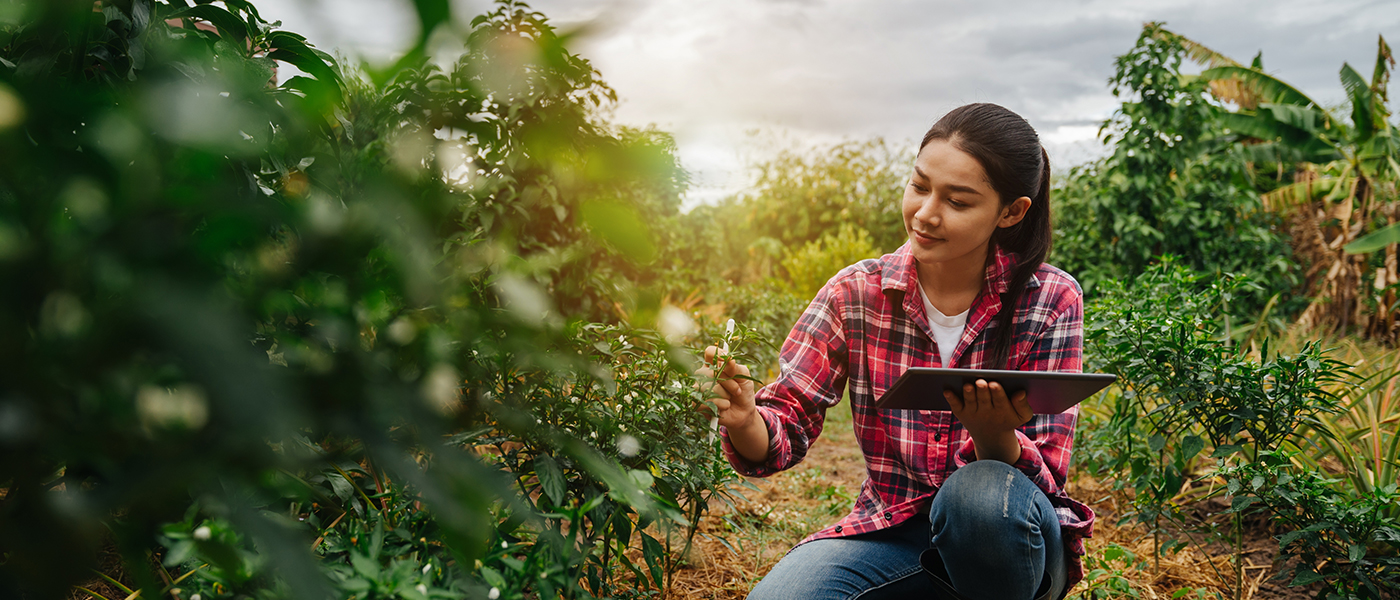
From agriculture to food processing and distribution, each stage of the global food production has a significant impact on the environment. In fact, one-quarter of the world’s greenhouse gas emissions result directly from food and agriculture.
As consumers, we can do our part to reduce our carbon footprint by making eco-friendly lifestyle changes, and it can be as simple as buying local produce, planning your meal portions in advance, or even diversifying your meals by going plant-based. Along with government efforts such as the Singapore Green Plan 2030 and Singapore Food Agency’s ‘30 by 30’, which aims to nurture our agri-food industry’s capability and capacity for sustainable food production, many local businesses are now providing environmentally friendly dining options, and we can find sustainable menus more widely available around Singapore.
In this month’s blog, we are showcasing three organisations that make it easier for anyone to enjoy alternative food choices that are good for both our health and the environment.
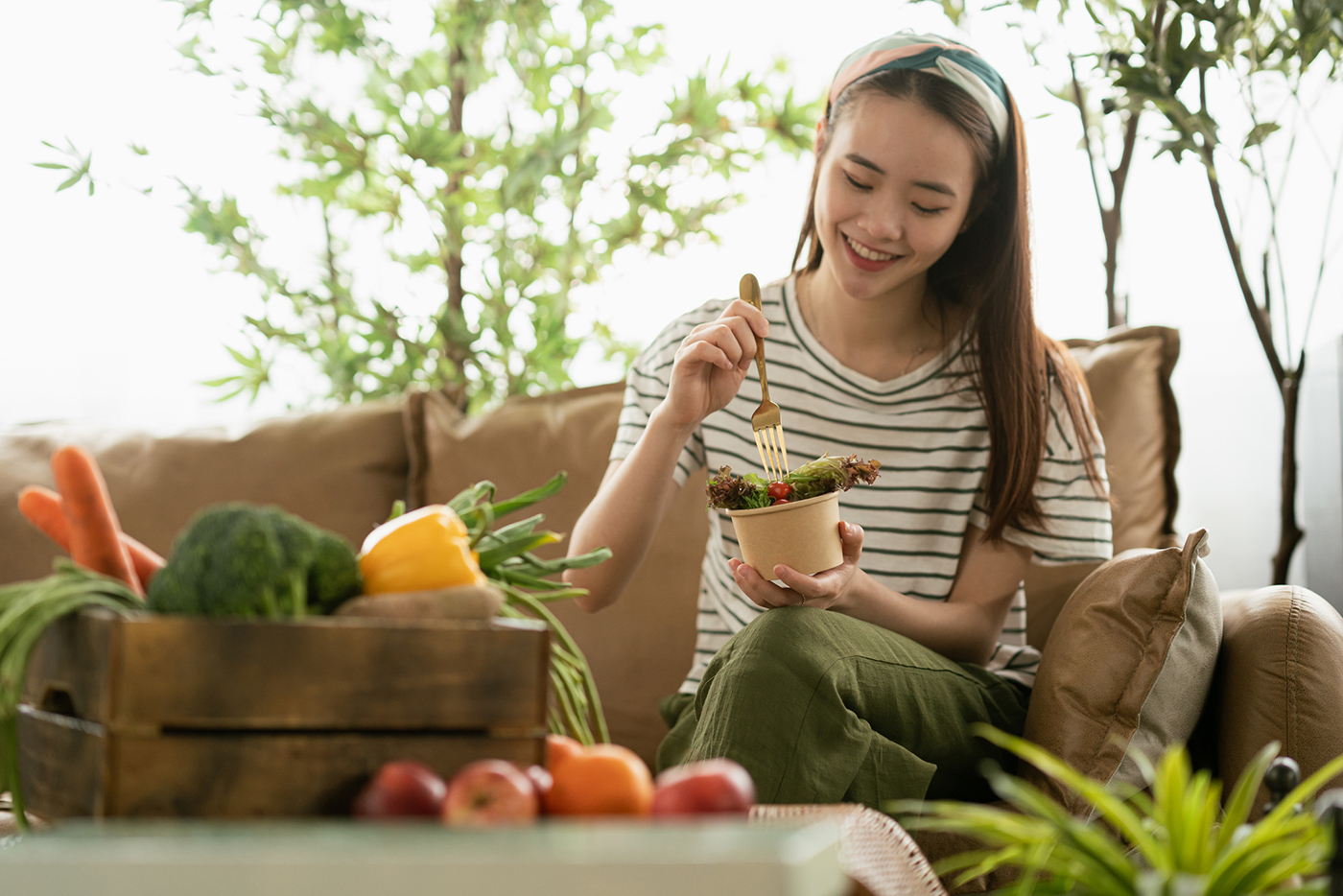
Go green, one bowl at a time
Committed to making a positive impact in Singapore’s food scene, The Kind Bowl has created a delectable menu that uses sustainable and ethical ingredients, along with their aims of promoting food as a way to nourish our bodies. The humble plant-based Vietnamese restaurant goes by the belief that anyone can make a meaningful impact on the planet, simply by switching to just one plant-based meal a month.
This belief is at the heart of The Kind Bowl’s ethos, where they are dedicated to promoting sustainable eating and making it accessible to everyone. If you’re planning to head down to The Kind Bowl to enjoy comforting Vietnamese food, you can check out their bestselling dishes, which include Saigon Delight, the classic Banh Mi made with OMNI Luncheon Meat; and The Kind Pho, which is a blend of silky rice noodles and umami broth, with “no chicken” seitan and grilled oyster mushrooms.
Their commitment to sustainability and healthy eating is inspiring, and serves as a reminder that we can all make a difference, one bowl at a time. To make a reservation at any of their three outlets, you can visit their reservation website.

Hegg-spect the un-hegg-spected
Singaporeans consume more than 5 million eggs a day, but local production can only meet around 20% of the demand. To help Singapore reduce its dependence on imported plant-based eggs and achieve our 30-by-30 goal, homegrown food tech company, Hegg, is constantly pursuing new and innovative ways to create delicious and versatile plant-based egg products.
If you’re curious to try out this unique protein alternative, you can start with the Hegg Eggless Egg powder that you can use in various cooking applications – whether you like your eggs baked, scrambled, fried and more. But if you’re looking for other exciting additions to your plant-based meals, you can also find Hegg’s Eggless Kaya and Eggless Mayonnaise in the line-up. They are also constantly sharing accessible plant-based recipes that you can create using Hegg products such as the Hegg Brownies and Hegg Portugese Egg Tarts recipes, making it easy to incorporate their eggless products into your diet.By producing this tasty egg alternative, Hegg not only reduces water footprint and eggshell wastage in Singapore, they also extend their efforts toward supporting animal rights. To try your hand at creating some plant-based egg recipes, check out Hegg’s website.
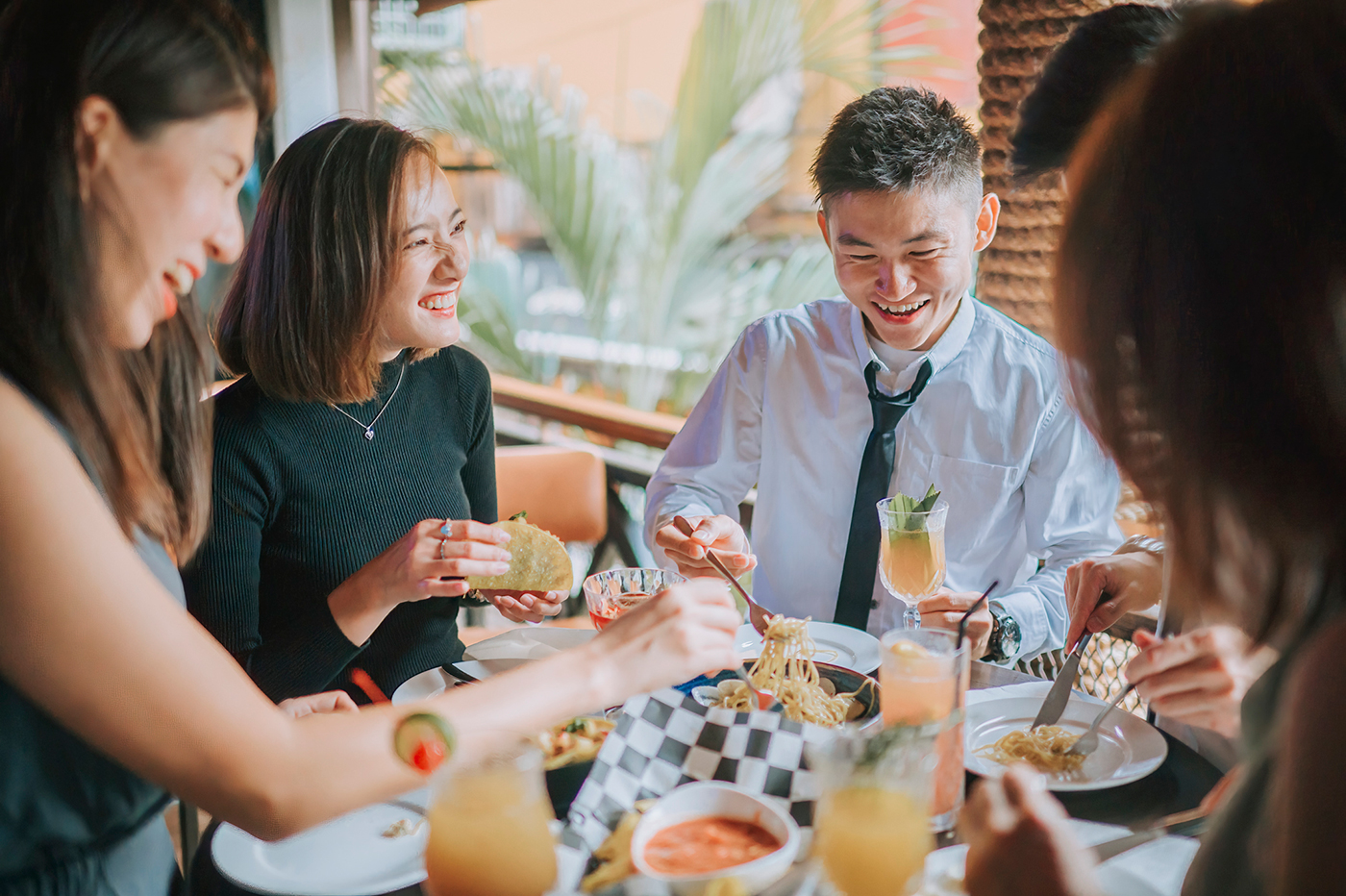
Discover eco-conscious Mexican flavours
If you’re craving for flavourful and robust Mexican food, look no further than Super Loco, a Singapore-based restaurant that offers the best of Mexico’s gastronomic cuisine with a contemporary and sustainable twist. Committed to reducing their carbon impact and contributing to the environment, Super Loco has implemented four sustainability pillars that they live by:
- Carbon Conscious Menu, where the menu is at least 50% plant-based and the carbon footprint of each dish is indicated
- Tree Adoption, a partnership with Green Steps to aid reforestation across Borneo’s endangered rainforests and minimise carbon impact
- Filtered Water, which has saved 9,000kg and 5 tonnes of carbon emissions from transportation of imported bottled water
- Zero Plastic, which produces fully biodegradable straws with fully compostable delivery packaging
The restaurant is deeply inspired by its vibrant culture that honours home cooking, bringing to life their vision of serving contemporary Mexican cuisine influenced by authentic Mexican flavours. To make a reservation at any of their four outlets in Singapore, visit their website.
Sowing the seeds of sustainability with #GenecoFiVesta
To celebrate our fifth anniversary with #GenecoFiVesta, we have launched #SeedTheFuture initiative, and partnered with homegrown ice cream brand, Apiary, who is known for its premium ice cream flavours that are made with natural ingredients without any artificial colouring, to create an exclusive Geneco #SeedTheFuture ice cream. This limited edition flavour will be available from 1st to 30th April at all Apiary outlets and online store, and Geneco customers can enjoy 10% off this exclusive ice cream pint.
Our dedication to a more environmentally sustainable future is reflected in the carbon-neutral certified production process and the use of carbon-neutral packaging for serving the ice cream. The flavour combines the refreshing taste of calamansi lime with attap seeds, one of the seeds conserved at the Singapore Botanic Gardens Seed Bank, and it is perfectly balanced with a delightful blend of sweet and sour notes resulting in a zesty treat. Furthermore, the ice cream presentation is designed to resemble the planting of seeds: attap seeds are carefully placed in a concave dip in the ice cream and topped off with golden cereal crumbles that have been baked with butter and sugar to symbolise soil. This creative touch adds to the overall aesthetic appeal, creating a memorable sustainability experience with a sweet twist.
On top of that, we are also contributing $10,000 to the Garden City Fund, a registered charity and IPC of National Parks Board (NParks), to support the Singapore Botanic Gardens Seed Bank. This donation will help preserve the seeds of endangered plant species affected by climate change and habitat loss.
To learn more about #SeedTheFuture initiative, visit www.geneco.sg/fivesta.
Let’s continue to #PowerTheChange and seed the future for generations to come.
- *Last updated at 2pm on 21 March 2023
Image Credits: Nylon Coffee Roasters
Source: The Sustainability Project
Seed The Future — 3 Ways you can conserve our green heritage
- Home
- Archive by Category "Residential" (
- Page 4 )
[Post Date]
Seed The Future — 3 Ways you can conserve our green heritage
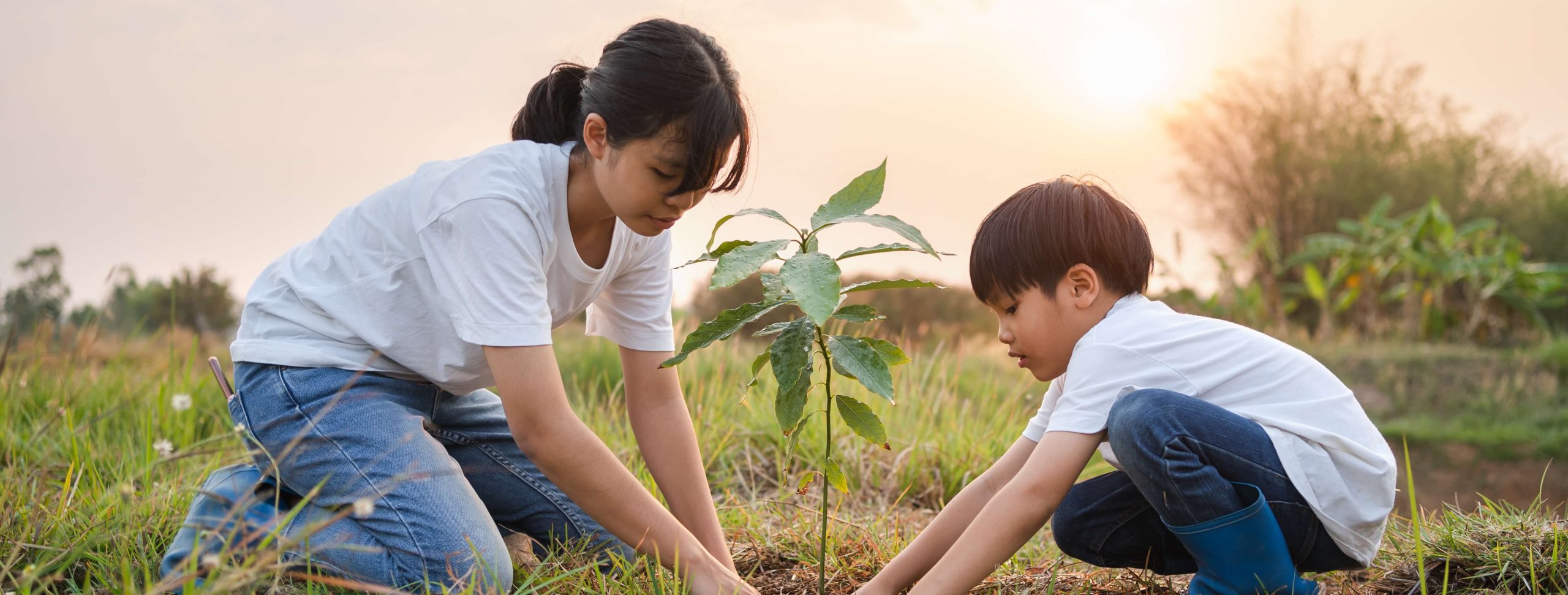
Singapore has a huge array of botanical biodiversity, with over 4,600 floral species and approximately 1,612 native plant species found all around our country. Thanks to the initiatives and decades of hard work put in by our government and stakeholders since the 1960s, we can enjoy and revel in the lush nature and vibrant life that surrounds us today.
Today, the pursuit of transforming our country into a sustainable City in Nature is still gaining traction, with new nature parks being opened and mangrove restoration projects kicking off. As we celebrate the International Day of Forests today, let’s all take this opportunity to appreciate our natural green spaces and play our part to protect it. We’ve put together three easy ideas for you to start making a difference and contributing to the preservation of our green heritage.
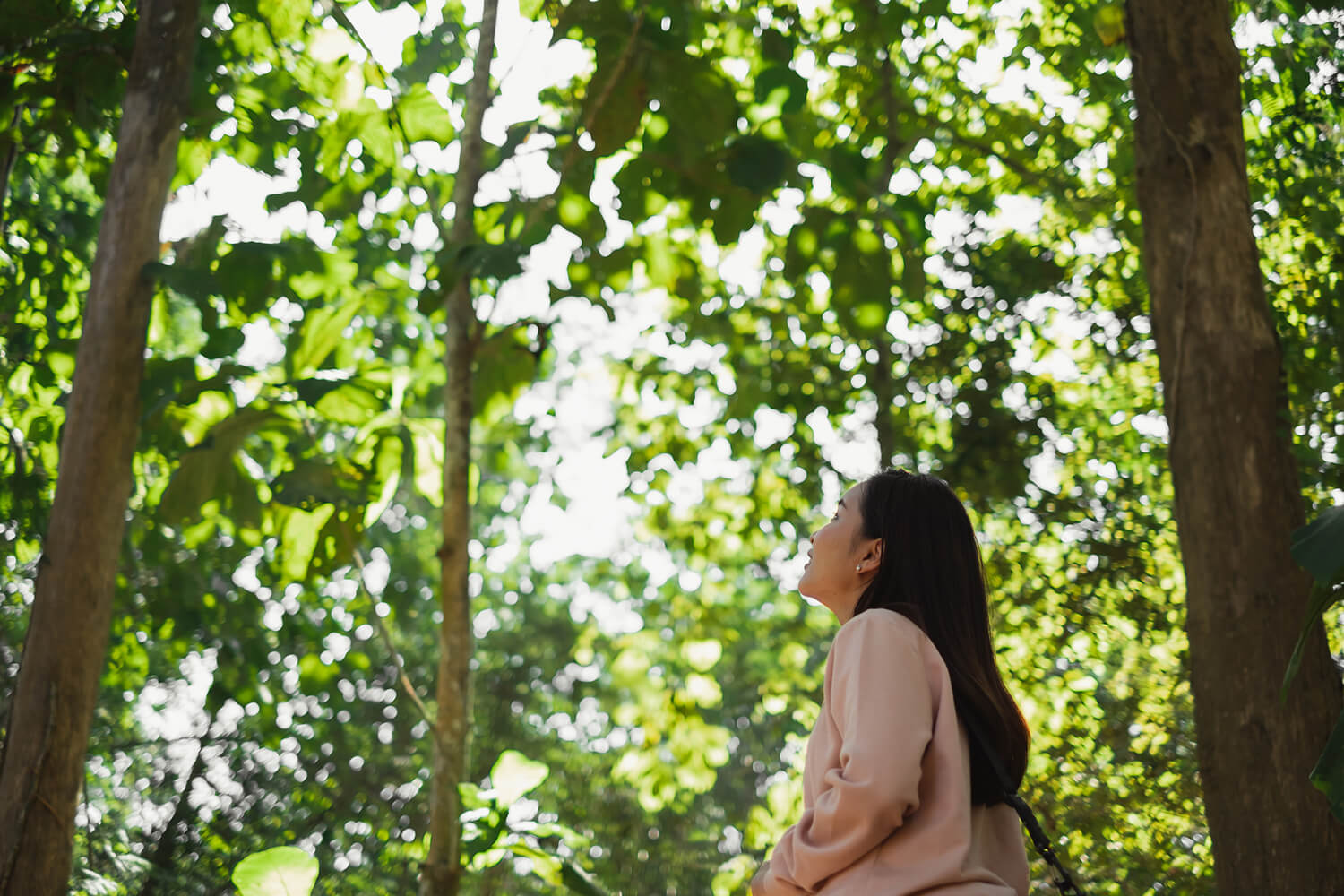
1. Learn about the different tree species around us with TreesSG
Beyond providing cooler air temperatures in Singapore’s hot and humid climate, trees help to mitigate the effects of urbanisation by reducing air pollution and providing habitats for wildlife. With approximately 7 million trees in Singapore, there is much that we can learn about the lush greenery around us.
As part of the OneMillionTrees Movement that aims to restore nature back into our city by planting an additional one million trees across Singapore over the next 10 years, TreesSG is a resource powered by National Parks Board (NParks) that can help you learn about Singapore’s urban trees on an interactive map.
For those who love an on-ground adventure, TreesSG has downloadable DIY Trails with specially designed routes that allow you to navigate your way around our Heritage Trees at your own pace. If you’re curious about the trees you see everyday, you can even gain insights about the trees in your neighbourhood with the TreesSG interactive map. Simply click on any tree on the map to learn about its name and characteristics, and the benefits it provides. You can even use the map to share your sightings of flowering trees with your own tree photos!
If you’d like to contribute to the movement, you can also make a donation to NParks’ registered charity and IPC, Garden City Fund, which will go towards reforestation efforts and help restore degraded ecosystems. With a simple donation covering the cost of a single tree, NParks will help to plant a tree around the heartlands of Singapore. If you are interested, you can participate through TreesSG’s website.
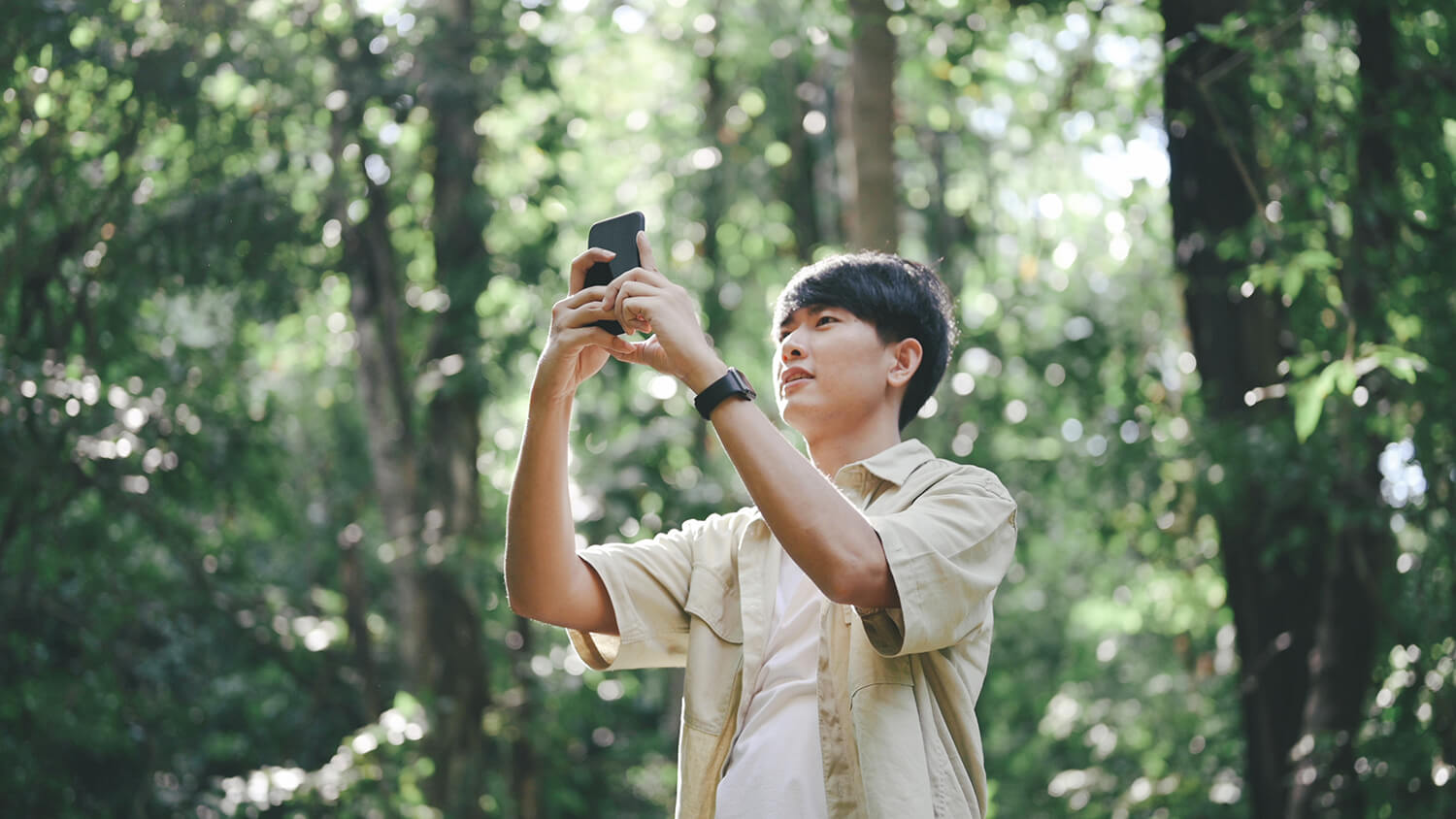
2. Start visiting our Nature Ways
To encourage ecological connectivity and connect fragmented habitats that may have been previously destroyed by deforestation, NParks started rolling out the “Rewilding Plan”, by progressively planting native trees, shrubs and wildflowers along stretches of our nature corridors and green spaces. Part of the Rewilding Plan includes the implementation of multi-tiered tree planting to resemble natural structures of forests and create natural pathways, and these routes are called Nature Ways.
Intricately planted with specific trees and shrubs to facilitate the movement of animals like birds and butterflies between green spaces, Nature Ways connect areas of high biodiversity to urban communities, create immediate habitats, and bring nature closer to Singapore residents. There are currently 49 Nature Ways in Singapore, stretching 170 km and connecting areas of high biodiversity, such as the Central Catchment Nature Reserve and Bukit Timah Nature Reserve. By 2030, NParks aims to increase these pathways to 300 km.
If you haven’t made plans this weekend, why not explore one of the Nature Ways in Singapore? You can visit their website to find out more about the important layers that are incorporated in each Nature Way, and find out where these Nature Ways are before you embark on your adventure.
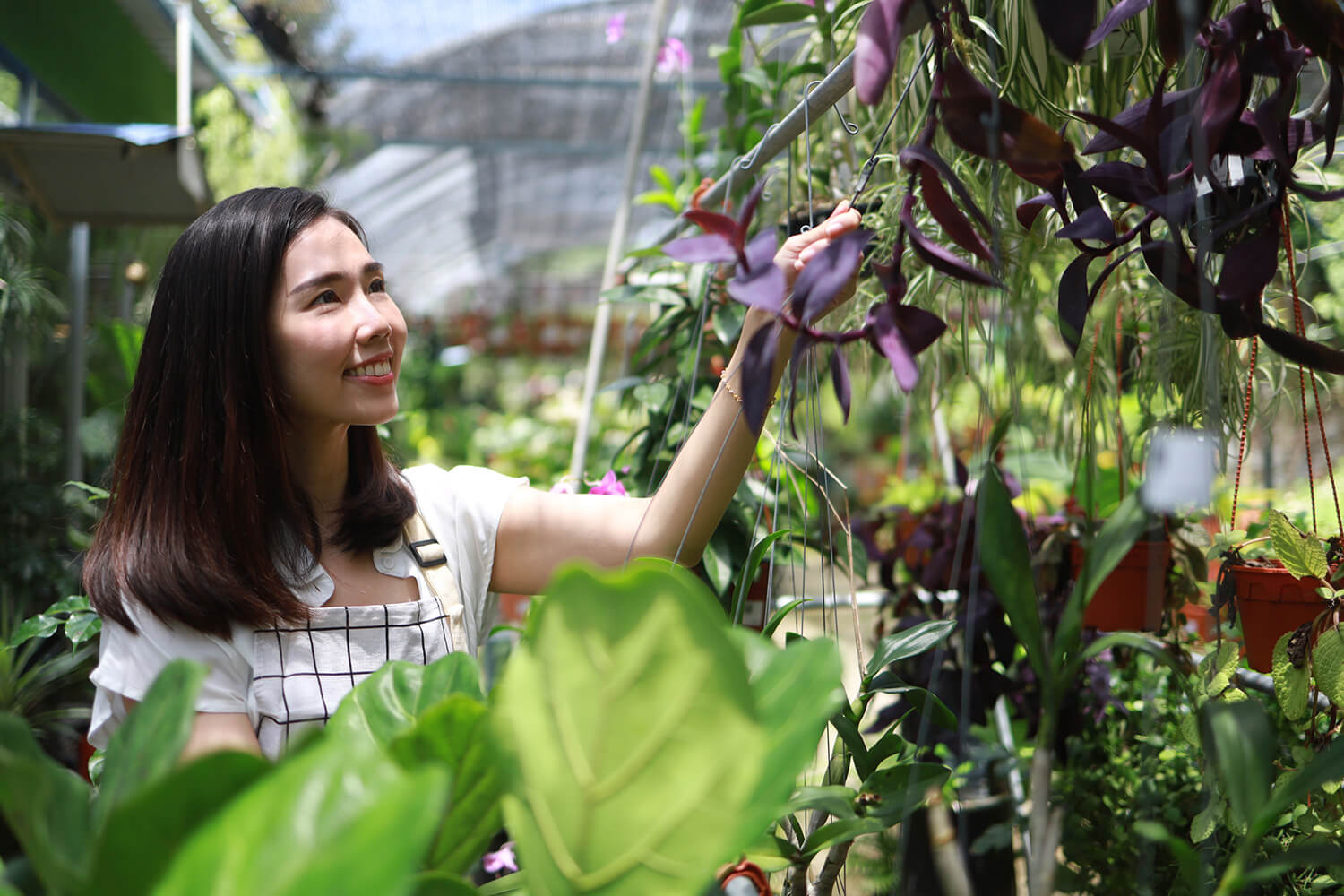
3. Volunteer at the Singapore Botanic Gardens
Singapore is well-known for its abundant green spaces, and one horticultural attraction that continues to be a popular destination for tourists and locals alike is the Botanic Gardens. With decades of history and over 82 hectares of curated flora and fauna, the Gardens remains as the only tropical botanic gardens in the world today to be designated as a UNESCO World Heritage Site.
If you would like to lend a hand in helping the Gardens to continue thriving, there are plenty of ways you can volunteer. One way is to sign up as a tour guide and be a part of their weekly free tours for the public — not only will you get a chance to learn more about the plants in the Gardens, you will also get to share this new knowledge with others.
Got a green thumb? Another fun way you can help out is to sign up as a Gardening Volunteer. Volunteers are given the opportunity to maintain an area in the Gardens. From preparing the ground, to sowing seeds, fertilising and composting, and even identifying and labelling plants, there is much you can learn about the plants in the Gardens while gardening and seeing the fruits of your labour.
Upon completing 10 hours of volunteer work, you will also receive a Volunteer Pass that gives you entitlements such as an invitation to an annual Volunteer Tea hosted by the Director of the Gardens and other special events and previews.
To find out more about how you can sign up as a volunteer, you can visit their website here.
#SeedTheFuture With #GenecoFiVesta
Conserving our natural environment takes a collective effort, and we can all participate by learning more about our environment and inspiring others to join in on our efforts. By working together, we can create a greater positive impact and forge a greener future for Singapore.
In celebration of our fifth anniversary #GenecoFiVesta, we will be donating $10,000 to NParks’ registered charity and IPC, Garden City Fund as part of our #SeedTheFuture initiative. This donation will go towards supporting the preservation of threatened plant species and the conservation of our botanical diversity at the Singapore Botanic Gardens Seed Bank. We hope that this initiative will inspire more to lend a hand in protecting our lush green spaces, as we continue to build a sustainable home for all.
Be a part of the action — find out more about the Singapore Botanic Gardens Seed Bank and how you can support them here.
In addition, we are also giving away a $30 eCapitaVoucher and an exclusive Geneco Green Starter Kit to 10 lucky winners over on our Facebook and Instagram pages! All you have to do is answer this: “How many Nature Ways are there in Singapore currently?” and follow the rest of the steps in the post to stand a chance. Contest runs from 21 March to 31 March 2023.
Let’s continue to #PowerTheChange and seed the future for generations to come.
- *Last updated at 2pm on 21 March 2023
Image Credits: Nylon Coffee Roasters
Source: The Sustainability Project
Stay in trend with these local sustainable fashion brands
- Home
- Archive by Category "Residential" (
- Page 4 )
[Post Date]
Stay in trend with these local sustainable fashion brands
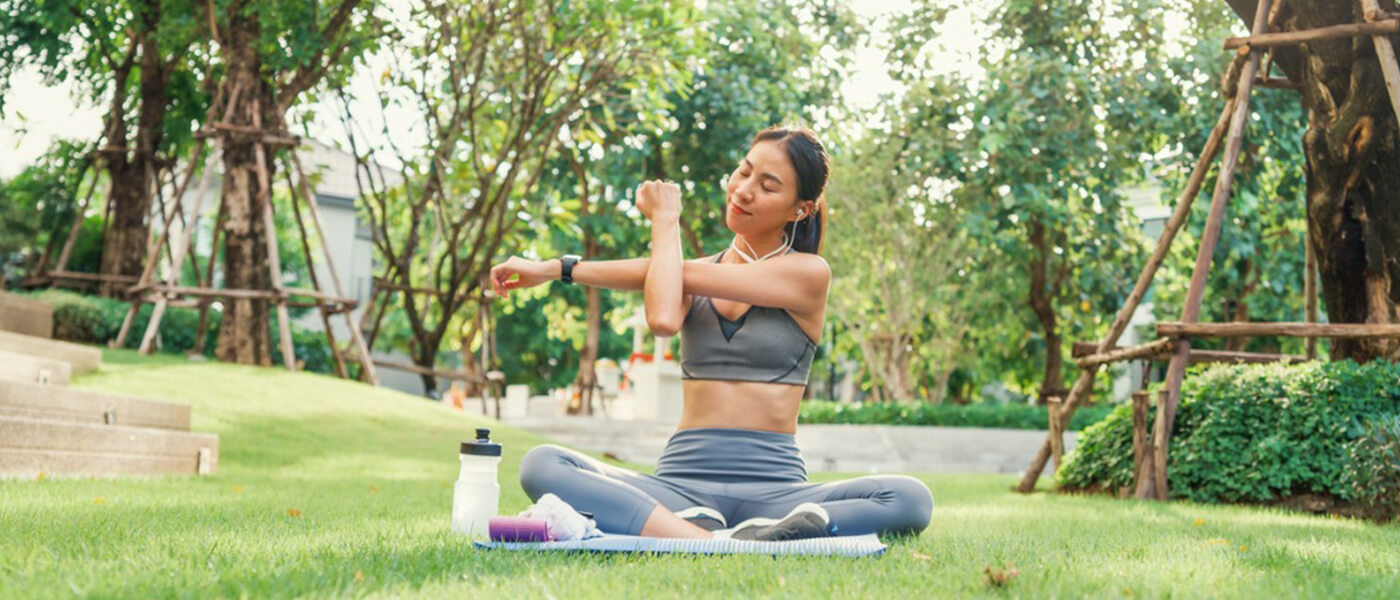
As fast fashion continues gaining popularity, textile waste is a growing concern, especially when an astounding equivalent of one garbage truck full of clothes is being burned or dumped every second. The fashion industry alone contributes to 10% of global carbon emissions and 20% of the world’s water pollution. The common materials found in our clothes and unsustainable production methods adopted by most fashion brands pollute and harm our oceans and the biodiversity that depends on their habitats to survive.
With Singapore’s growing awareness towards climate change and the impact of fast fashion on the environment has spurred the growth of homegrown brands who want to do things differently. These eco-friendly brands have found their own ways to minimise the use of plastic at either end of the product life cycle, all in the name of protecting the rich biodiversity on land and under the sea.
By supporting apparel brands that prioritise sustainability, we can help to protect our diverse ecosystem and its animal inhabitants. Let’s have a look at three such local apparel brands whose pursuit for slow fashion is making waves for nature.

1. Flow Funkie Studios
Every time we wash our clothes, tiny microfibres are shed from the fabric and released into our waterways, entering our oceans and seas. Because of their tiny size, these microplastics can be consumed by marine animals, with disastrous consequences for the species and the entire marine ecosystem.
At Flow Funkie Studios, they believe in slow fashion and mindful manufacturing, by creating high quality and timeless activewear intended to last a lifetime. To disrupt the cycle of textile waste and pollution, their apparel are made from certified Global Recycle Standard (GRS) fabric, using up to 77% of recycled materials in their fabric contents.
Through the operation and production of their activewear, they follow the chemical requirements in the GRS guidelines, ensuring that only non-hazardous chemicals are used in the production process and that chemicals are disposed of properly.
While it is not possible to completely eliminate the shedding of microfibres from washing our clothes, they do what they can to lessen the impact. Every order you make comes with a polyamide ‘Baby Steps’ wash bag. The wash bag catches microfibres from all your clothes during wash, minimising the microplastics that enter the wastewater system, and protecting marine life.
With Flow Funkie Studios, we can all take small steps toward reducing microplastic pollution and protecting our oceans without cramping on our style. To support their movement, you can visit their website or Instagram.

2. Anothersole
On average, Singaporeans use 1.76 billion pieces of single-use plastic items every year, which often end up in landfills where they take over 1,000 years to decompose, this results in the release of harmful chemicals into the environment.
Shoes are among the products that are manufactured using a lot of plastic. Different types of plastics are sewn, glued, and pieced together, oftentimes making them difficult to recycle. Facing such a challenge, local footwear brand Anothersole is taking active steps to redefine footwear production.
Anothersole is dedicated to making a positive impact by producing shoes made from earth-friendly materials, eliminating the use of virgin plastic, and focuses on creating quality footwear that lasts. Their ergonomic footbeds are made from bio-based EVA, containing 20% castor bean oil, making them both environmentally and foot-friendly.
Through sustainable production, Anothersole also turns discarded plastics like water bottles into beautiful, lasting handbags. As discarded plastics often end up in the sea, the non-biodegradables become pollutants and choking hazards for marine life, including fish, gulls, and sea turtles. Taking the initiative to repurpose unwanted materials into functional accessories proves that waste can eventually be removed from our biomes to be turned into something wonderful.
If you would like to learn more about how Anothersole is committed toupcycle waste materials into fashion items, you can visit their website or Instagram.

3. SUI
Unsustainable farbic production practices such as excessive water use, deforestation and the usage of agrochemicals and dyes can cause soil degradation and chemical pollution, — all of which disrupt natural food chains and contribute to biodiversity loss. To meet the ever-growing demand for apparel, these things may seem like a small price to pay. SUI, however, takes a different approach to fashion, prioritising the environment and people.
All of SUI’s clothes are made with sustainably-produced fabric, using GOTS-certified organic cotton, hemp, and eco-friendly blends. With the goal of becoming a zero-waste brand, SUI saves every bit of leftover fabric and produces their clothes on a made-to-order basis to reduce waste.
To protect our natural ecosystems, 90% of all their garments are herbal dyed, using dyes formed from natural ingredients, and for the remaining 10%, they use azo-free dyes that are not harmful or polluting to the planet.
If you would like to learn more about how you can be a part of the change, you can visit their website and Instagram.
How Else Can We Contribute To Our Biodiversity?
Much like these businesses, we also hopes to inspire change through our initiatives. We wish to showcase how all these changes can create a collective impact on the natural biodiversity and environment that we all share, and safeguard a sustainable future for our future generations.
Through conscious choice to our daily routines — like switching to sustainable clothing, or using a laundry wash bag — we can all do our part for the environment and the biodiversity we share it with. Join us in support for native biodiversity conservation efforts and pledging to protect these biomes for a greener future.
If you still have red packets collected during Chinese New Year on hand, you can also recycle them through our #GreenForProsperity initiative. Simply visit any one of our Used Red Packet Recycling Bins across 30 retail and office locations around the country, and drop off your used or excess red packets there!
These red packets will be collected and brought to Tay Paper Recycling where they will be repurposed into new products. Our recycling bins are available until 31 March, and you can find the nearest location via www.geneco.sg/greenforprosperity.
Put your knowledge to the test in our Geneco Facebook or Instagram giveaway now and you could be one of the 10 lucky winners to walk away with a $30 eCapitaVoucher and a Geneco Green Starter Kit! Simply answer this question: “Name one impact microfibres have on the environment.” Contest ends 28 February 2023, T&Cs apply.
Together, let’s Power The Change and choose #GreenForProsperity.
Not just for us. But for generations to come.
References:
- Elangovan, N. (2020, June 5) Singapore households generated additional 1,334 tonnes of plastic waste during circuit breaker: Study, Today Online.
https://www.todayonline.com/singapore/singapore-households-generated-additional-1334-tonnes-plastic-waste-during-circuit-breaker
Image Credits: Nylon Coffee Roasters
Source: The Sustainability Project
Living in harmony with Singapore’s nature and wildlife
- Home
- Archive by Category "Residential" (
- Page 4 )
[Post Date]
Living in harmony with Singapore’s nature and wildlife
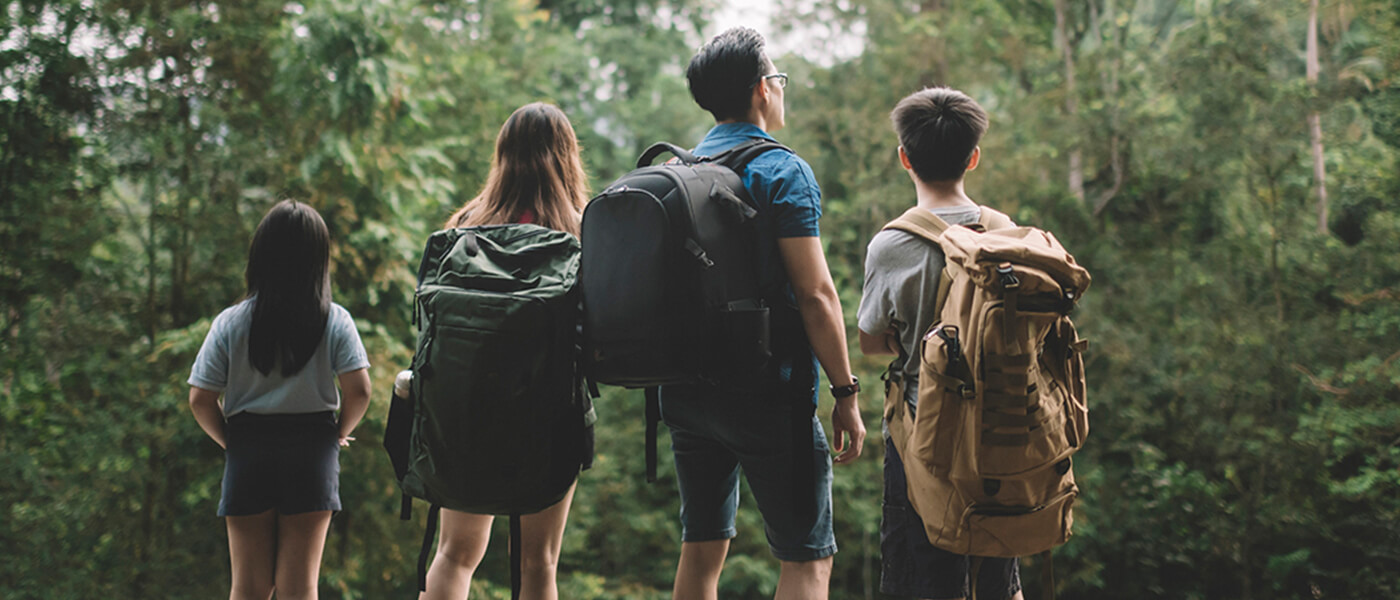
With mangroves fringing our shores, sunlit parks along the city and gardens atop our housing estates, we are fortunate to have the abundance and accessibility of green spaces all around us, and right in front of us. Besides enjoying cleaner and cooler air, spending more time in nature can help us to reduce our stress levels and improve our health and wellbeing.
Amidst our hectic lives, how do we best reconnect with nature, while doing our part to protect our lush greenery and biodiversity? Here are 3 organisations that can help us understand how we can appreciate and safely coexist with the wildlife and green spaces in our city, as we transform into a City in Nature.
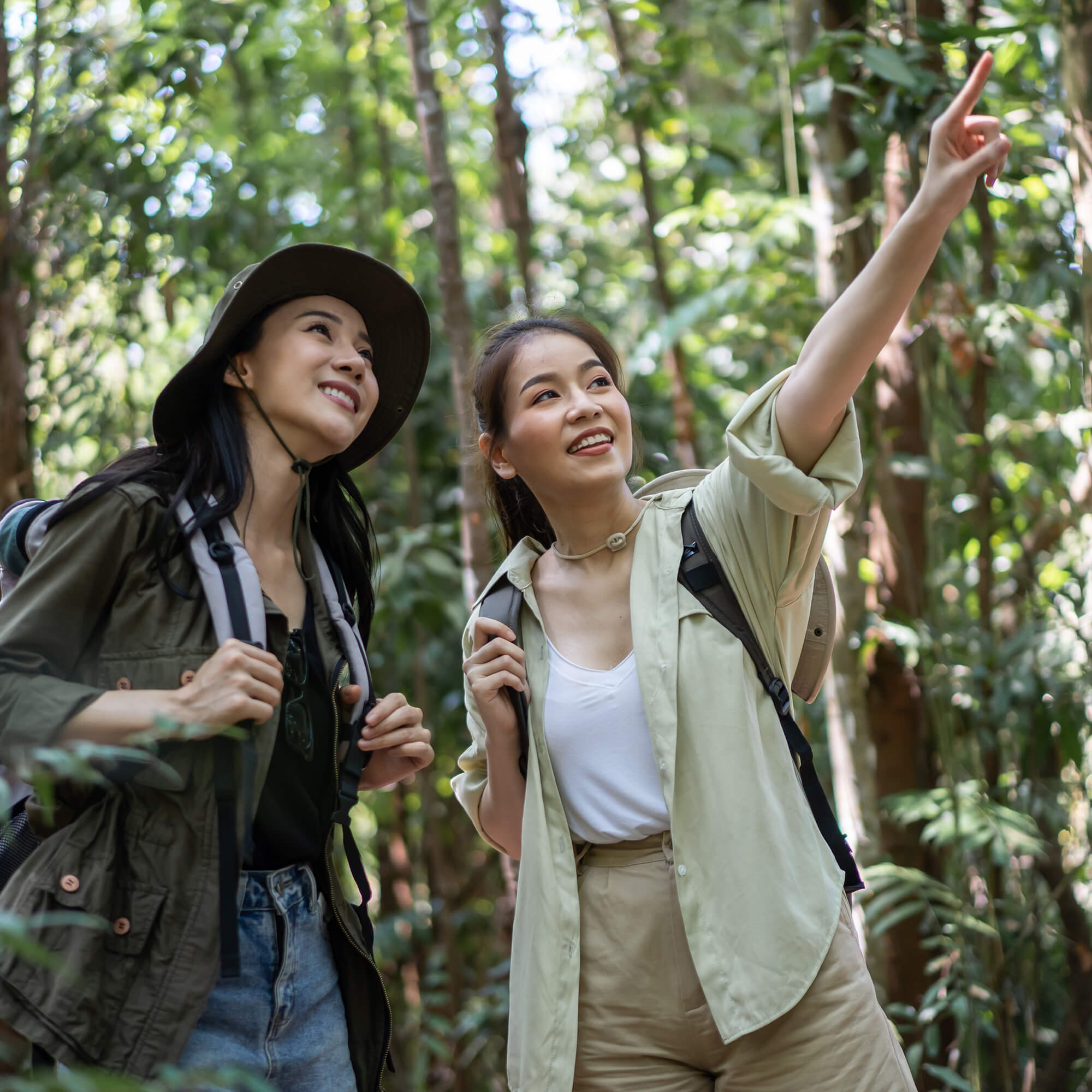
1. Understanding and fostering positive relationships with our wildlife
As a home to large varieties of native wildlife, encounters with wild animals, such as wild boars and otters, in our everyday urban landscape have become increasingly common. Singapore is currently one of the greenest cities in the world, with estimates of more than 390 species of birds and 2,100 native vascular plants – transforming into a true City in Nature.
Living close to nature comes with many benefits, but it also comes with important responsibilities – because it means that we encounter wildlife more frequently. If you’ve ever spotted a wild animal and were unsure about what you should do, can do, or should be aware of, you should check out Our Wild Neighbours (OWN).
Our Wild Neighbours (OWN)
Every month, the Urban Wildlife Working Group (UWG) receives an average of 2500 calls from the public about wild animals, and it became apparent over time that there was a lack of understanding and preparedness for Singapore’s native wildlife in the country. With the continued thriving of our local terrains, the UWG started the OWN initiative to promote coexistence with our native wildlife.
OWN aims to bridge the gap in understanding between members of the public and the wild, empowering members of the public with wildlife etiquette knowledge, and educating them about ongoing rescue, rehabilitation, and release efforts. The OWN website is a one-stop platform for best practices on what you can do when you see wildlife, how you can prevent unpleasant interactions, and who you can call for help if you spot a wildlife in need. The campaign focuses on key species of wildlife found in Singapore: koels, bats, civets, macaques, monitor lizards, crocodiles, otters, snakes, wild boars, and pangolins!
If you are interested to learn more about the variety of native wildlife in Singapore, you can check out their website.
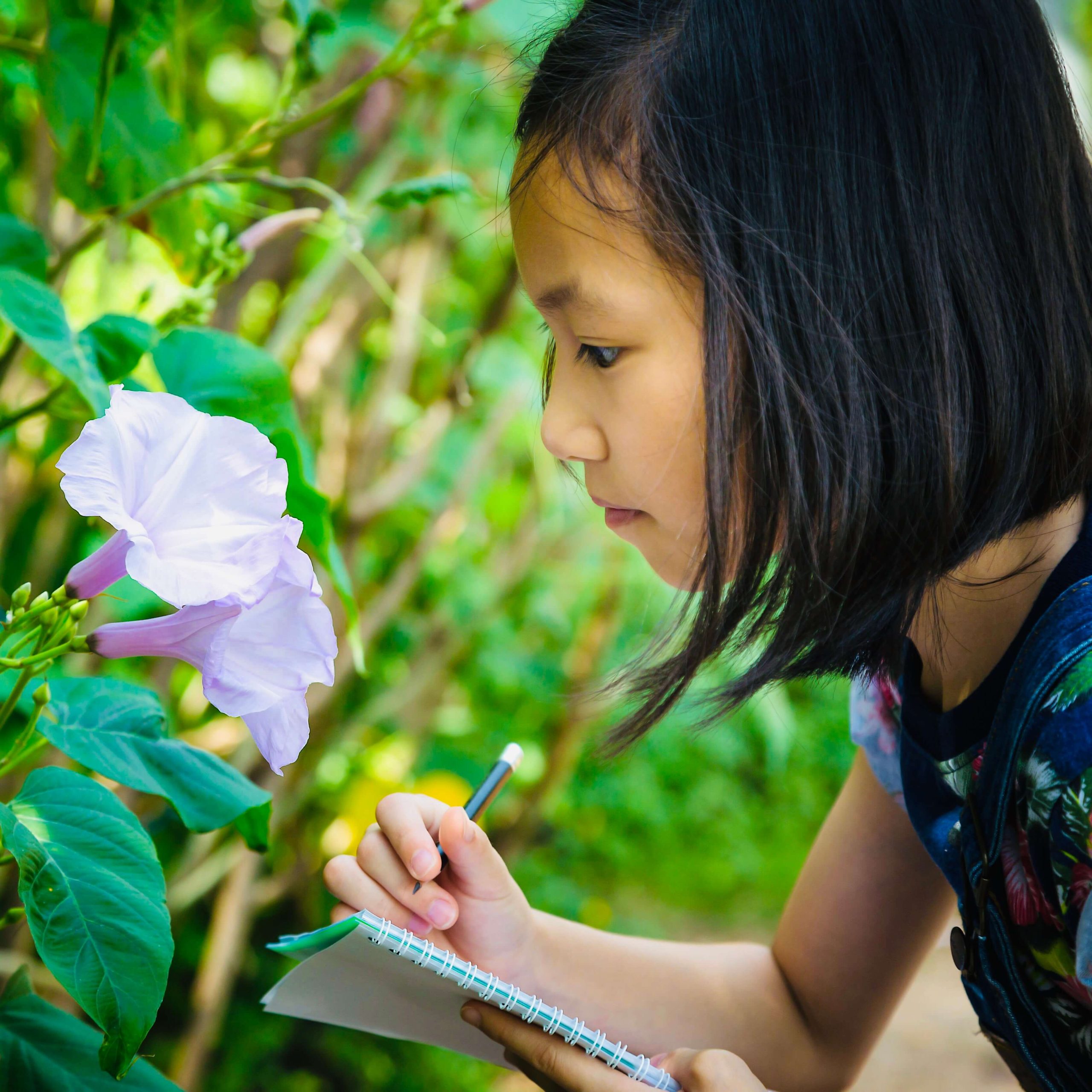
2. Growing a love for nature from young
When it comes to building a relationship with nature, it is a good idea to start positive practices and understanding from young. Research suggests that nature-based learning and education improves a child’s academic performance and builds critical thinking skills. On top of that, spending time in nature makes room for a healthy exposure to Vitamin D, and reduces anxiety and stress levels in children.
Though cultivating an appreciation for nature takes time, we encourage starting small with Roots & Boots.
Roots & Boots
Inspired by the forest school pedagogy originating from Scandinavia, Roots & Boots takes a unique approach to education by encouraging nature exploration and play in children as part of their growth and education from the early years.
Through a holistic approach, children can solidify their academic and social-emotional growth through their interactions and enhance their appreciation for nature, environmental education, and STEAM learning (science, technology, engineering, art, and mathematics). The outdoor learning environment also strengthens the bond between our little ones and the natural environment around them.
There are a variety of one-off enrichment programmes available outside of the school curriculum such as the Nature Explorers and the Young Adventurers programme. These programmes are created to provide a safe space for children to explore and learn from their encounters, and nurture their appreciation for the environment.
Nature Explorers
Parent-accompanied and suitable for children 2 years and younger, the Nature Explorers programme provides limitless opportunities for young children to experience and encounter the outdoors using sensory and language-rich guidance.
The Young Adventurers
Young adventurers from 3 to 10 years old can also have a go at independent play in nature. Whether rain or shine, these sessions are designed to include a great deal of discovery and adventure at various outdoor locations in Singapore. This will provide Young Adventurers with opportunities for inquiry, experimentation, reflection, and play as they get acquainted with the outdoors.
If you’re interested in signing your little ones up for a new adventure, you can find more information on Roots & Boots’ website and Instagram page.
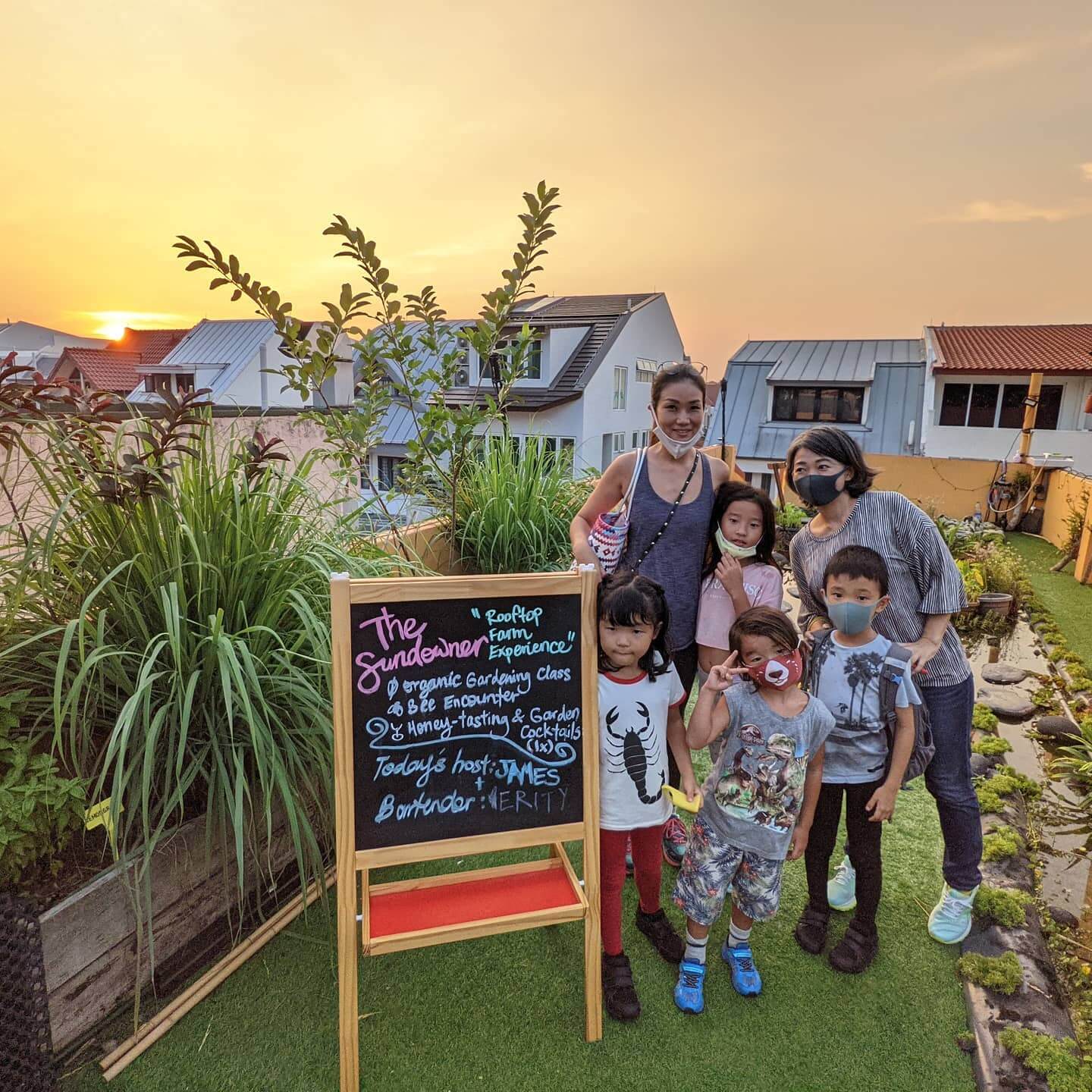
3. Unwinding in nature atop an iconic 1960s shophouse
Whether it’s for the young or old, it’s always exciting to find nature where you least expect it. If you’re looking for an urban oasis to disconnect from the city life and get in touch with nature, you will be happy to find The Sundowner.
The Sundowner
When Clarence Chua, founder of The Sundowner, first chanced upon the empty concrete rooftop in 2020, he knew it would be just the spot for travel-starved souls in Singapore to find the perfect escape. The Sundowner sits atop the bustling cafes and bars of the Siglap restaurant belt in a shophouse roof. The unique vision for the space stemmed from the idea of having a ‘sundowner’ at the end of the day – a practice in the safari where one enjoys a drink at the end of the day while watching the sunset. It is a nature-based social space for like-minded lovers of nature and tranquillity to mingle and unwind.
On top of that, The Sundowner also organises a range of experiences such as nature-based workshops, lifestyle activities, and other farm encounters for people of all ages to participate in. One of their most popular rooftop farm experiences is the Bee Encounter. You get to don a bee suit and enjoy a closeup encounter with bees, where you will get to inspect a beehive and observe them harvesting nectar from around the farm. Every nest in their apiary is a rescue, so you will also be supporting local ecology. This 1.5 hour interactive farm experience is perfect for kids and young families, to get them away from the computer screens and interacting with nature.
If you would like to check out the various workshops and private experiences they are organising, head over to their website and Instagram page.
Inspire a more sustainable home with #GreenForProsperity
This Chinese New Year, we have kicked off our #GreenForProsperity initiative, to inspire Singaporeans to look deeper into our green spaces and contribute to the conservation of our native biodiversity, so that we can build a sustainable home for our future.
Choose #GreenForProsperity with us this year by joining us to pledge your support of biodiversity conservation efforts! We will be donating $10,000 to the biodiversity conservation and research efforts by National Parks Board’s registered charity and IPC, Garden City Fund, but we need your help – pledge to show your support here and we will donate on your behalf.
We’re also excited to bring back our inaugural Used Red Packet Recycling Bins initiative after last year’s successful collection and recycling of 1,040kg of red packets.
From now till 31 March, simply drop off your used or excess red packets at any of the 30 Used Red Packet Recycling Bins at our partners’ locations – CRU, IUIGA, Refash, OTO, and Wisma Atria – island-wide. These red packets will then be pulped by Tay Paper Recycling and made into paper products.
And while you’re doing good for the environment, share with us which Used Red Packet Recycling Bin location you will be dropping off your red packets at on our Instagram or Facebook posts to stand a chance to win $28 worth of eCapitaVouchers!
As we look towards embarking on a greener journey this year, we hope that you will be inspired to support and protect our biodiversity and green spaces for a brighter and more sustainable tomorrow.
Together, let’s Power The Change and choose #GreenForProsperity.
Not just for us. But for generations to come.
Celebrating 2022 with Geneco
- Home
- Archive by Category "Residential" (
- Page 4 )
[Post Date]
Celebrating 2022 with Geneco

For Geneco, 2022 is a significant year where we celebrated a key milestone of being Singapore’s No.1 Residential Electricity Retailer, serving over 160,000 homes. But being number 1 goes beyond the title. It is about being able to do more and change things for the better.
The journey of doing good for our environment is a collective effort and we are thankful for the tremendous support from our partners and customers who have joined us in our journey to #PowerTheChange. Let’s take a look at and celebrate the key milestones that we have achieved with you as the year comes to a close.
Embracing Chinese New Year Tradition with Sustainability
Today, Singapore is one of the greenest cities in the world that safeguards more than 7,800 hectares of green spaces. And this Chinese New Year with the theme #ChangeBringsProsperity, we hope to bring awareness to the importance of a sustainable living environment and encourage everyone to contribute to green efforts in their own ways towards the Singapore Green Plan 2030 and for our future generations.
As part of the initiative, we have partnered with NParks’ Garden City Fund to spotlight 4 exquisite native flora on our limited edition red packets, which are made from 100% recycled paper, to inspire everyone to step out of their usual activities and appreciate the green spaces in our nation.
While giving red packets is a long-standing tradition of Chinese New Year, we want to remind Singaporeans that we can all still practise sustainability as we celebrate these festivities. After a successful launch last year, we brought back our inaugural Used Red Packet Recycling Initiative and received even greater support from the public with a total of 1,040kg red packets recycled. Together with like-minded partners – CRU, IUIGA, Refash and Wisma Atria, we placed 25 red packet recycling bins across the island. These red packets were then given to Tay Paper Recycling for pulping into other paper products.
Through such sustained efforts, we hope to encourage Singaporeans to #PowerTheChange so that we can share our prosperity with future generations.
Reinforcing Our Commitment to the #OneMillionTrees Movement
When the Singapore Green Plan 2030 was launched last year, a nationwide movement by the National Parks Board (NParks) to plant 1 million trees was set in motion. As community is key to the success of this movement, Geneco has pledged to plant 250 trees by 2025. To make this commitment a more meaningful one, we held our second Plant-A-Tree event by planting another 50 trees at Punggol Park on Earth Day (22 April) this year. With this year’s Earth Day theme, “Invest in our Planet”, we hoped to remind everyone that all of us have a part to play in the restoration, conservation and protection of our planet, as we continue to #PowerTheChange for a greener tomorrow.
To commemorate our 160,000 homes milestone, we were even more motivated to go the extra mile this year and planted an additional 150 trees in September, to reinforce our commitment to tackle climate change by playing an active role in the greening of Singapore. We would like to thank everyone who joined us and raised a total of $45,000 for NPark’s Garden City Fund, where we matched every donation made to the fundraiser via giving.sg dollar-for-dollar.
Rediscovering Singapore’s Hidden Green Gems
In celebration of our nation’s 57th birthday, we invited everyone to reimagine our ‘City In Nature’ by discovering hidden green spaces that are unimaginably found in Singapore. As part of the campaign, we held a photography contest and inspired Singaporeans to capture the unexplored wonders that our nation has to offer.
With an overwhelming response of over 930 photo submissions, we could see that many Singaporeans took the time out to explore the unexplored and appreciate the hidden green gems in our nature. We proudly showcased the top 20 shortlisted photos for online voting and held a photo gallery event at Waterway Point for public viewing. In less than a month, we received more than 32,800 votes and the top 3 winning photos were chosen.
We are very encouraged by the overwhelming support received from everyone and we hope that they will continue to be inspired to rediscover the lush green spaces that we have here and contribute to nurture our nature together.
Gifting Messages of Social and Environmental Good
As we power homes and businesses in the nation, we also believe in powering change. For good. For sustainability. For all.
This season of gifting, we hope to spread the message of doing good by inviting everyone to go beyond their pages and help to rewrite new chapters for those who need it more with our #HappilyEverAfter campaign. We collaborated with 3Pumpkins – a socially-engaged, non-profit organisation to raise awareness for the ‘Tak Takut Kids Club’ programme that helps less privileged children and youths to find their place in the larger community through arts.
Together, we created a beautiful e-book titled ‘The Little Green Heroes’ that is co-illustrated with the imaginative children, Cindy, Ruda and Sulaiman, from the ‘Tak Takut Kids Club’ programme as part of our fundraising initiative for 3Pumpkins. The e-book is available online on our #HappilyEverAfter website, where you have the option to download a copy to read or immerse yourself in the story as read aloud by Kelly Latimer.
We also joined hands with BizLink Centre, a non-profit organisation dedicated to serving the disadvantaged individuals, in particular persons with disabilities, to prepare 1,000 #HappilyEverAfter Festive Cards. The cards were then distributed across Singapore via Strides Mobility’s electric taxis.
To continue spreading the message of doing good, we held a #HappilyEverAfter ice-cream event at Orchard and gave away complimentary ice-cream for anyone who had downloaded ‘The Little Green Heroes’, and encouraged them to contribute to the fundraising.
With the support of the public, we have raised over $16,800 that would help to contribute to 3Pumpkins’ purpose and Power The Change for these children.
Looking back, 2022 has been eventful and fulfilling. These milestones could not have been achieved without your support and we would like to give a very special thanks to our partners, communities and families for believing in us and supporting our initiatives.
Let’s continue to #PowerTheChange by doing good for a greener and more sustainable future.
Till then, here’s a video recap of what we have achieved together in 2022.
In the spirit of giving back to the community and environment
- Home
- Archive by Category "Residential" (
- Page 4 )
[Post Date]
In the spirit of giving back to the community and environment

While we are in the spirit of giving towards our loved ones this holiday season, let’s take a moment to reflect on how we can give back to our communities and the environment as well.
Other than setting aside time and money to volunteer and donate to great causes, there are also plenty of daily activities that provide us with opportunities to make a difference. These little actions that we take each day can collectively create a positive impact towards societal and even environmental change.
For instance, we can make more eco-conscious choices when it comes to the brands that we shop from. Over the years, there have been many small, sustainability-focused businesses emerging and we can do our part as consumers to support them. If you are wondering where to start, here are three local businesses that have been setting great examples when it comes to contributing to the local communities as well as the environment.

1. Upcycle & Recycle Fashion To Restore Our Environment
The prevalence of fast fashion has made it a key contributor to overspilling landfills. At least every 1,000 Singaporeans purchase an average of 34 pieces of new clothing and discard half of their previously owned clothing each year.
However, there are ways for us to manage our wardrobes to improve the environment and social impact by recycling and upcycling our fashion items instead. Not only are these practices cost-friendly, they also curb the pollution and carbon emissions caused by overproduction of apparels.
If you’re interested in finding new uses for your old pieces, simply look to Greensquare Textile Recycling.
Greensquare Textile Recycling
Primarily a textile collection channel, the local business currently operates 15 donation bins nationwide, taking in any form of textile, including clothes, bedsheets and shoes to be recycled.
Items that can be reused are first identified and segregated, followed by recyclable fabrics that are redistributed to textile importers in developing countries so that the less fortunate are able to purchase clothes at a more affordable price.
Currently, the folks Greensquare aims to double the percentage of recycled textile and leather waste from 7% to 14% by 2030. They are focusing on closing this gap by promoting awareness of the 3Rs (Reduce, Reuse, Recycle) through education, with a focus on engaging youths in schools. Their recycling efforts are also complemented by upcycling workshops, where in-house experts will guide you on how to transform an old T-shirt into a stylish tote carrying your daily necessities.
By donating at the nearest collection point, or registering for an upcoming workshop, you, too, can contribute towards their cause of protecting the environment.
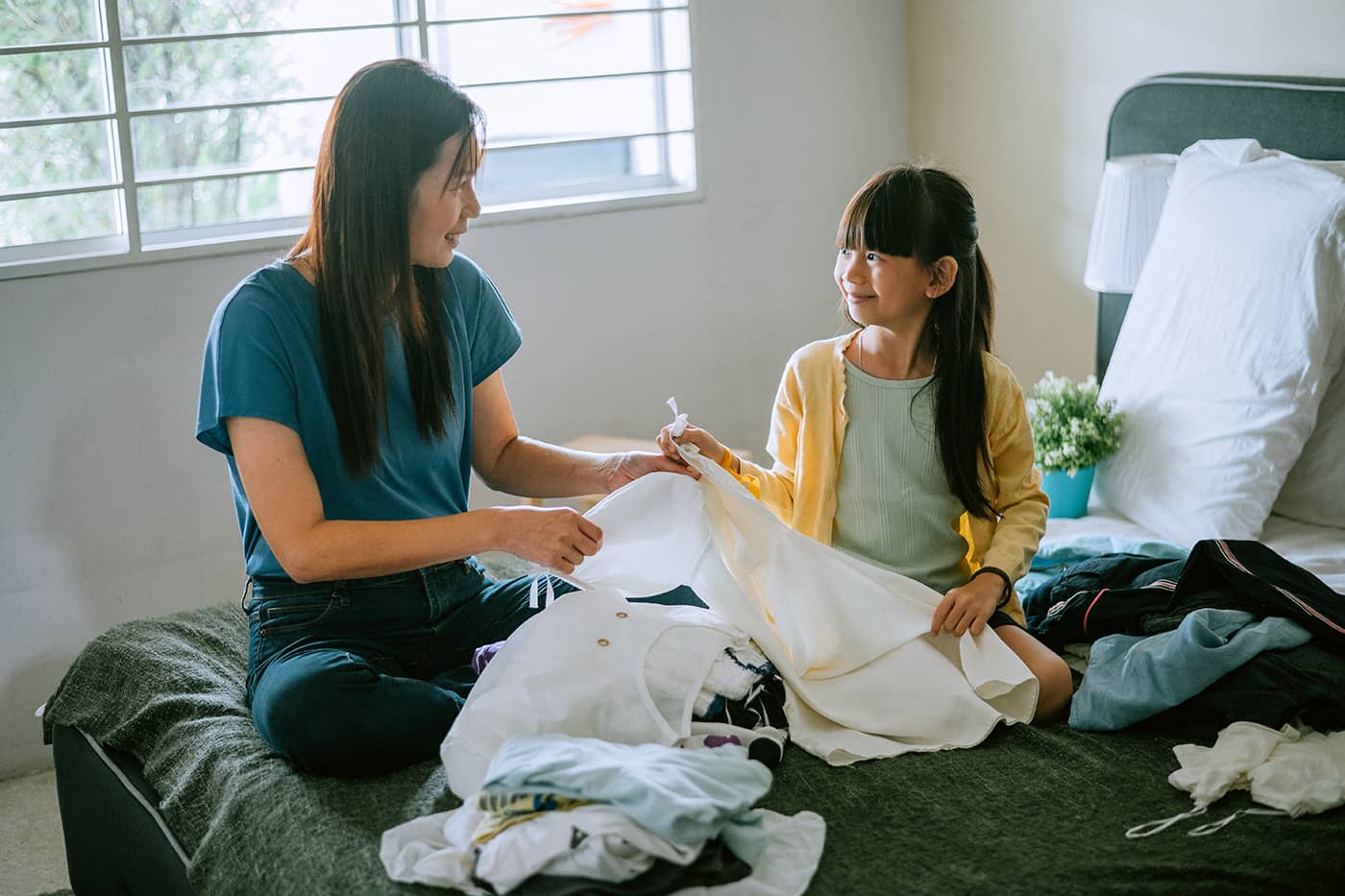
2. Trying Out A Plant-Based Lifestyle
According to a study published by the UN’s Food & Agricultural Organization, beef and dairy production account for almost 60% of greenhouse gas emissions that contribute to global warming. By swapping meat for plant-based alternatives, even one meal at a time, we can play a part in restoring the balance between all the available resources for food. Not to mention, we could also potentially be curbing harmful livestock practices.
Though going plant-based is rarely an overnight transformation, we encourage starting small with plant-based snacks by local provider BoxGreen.
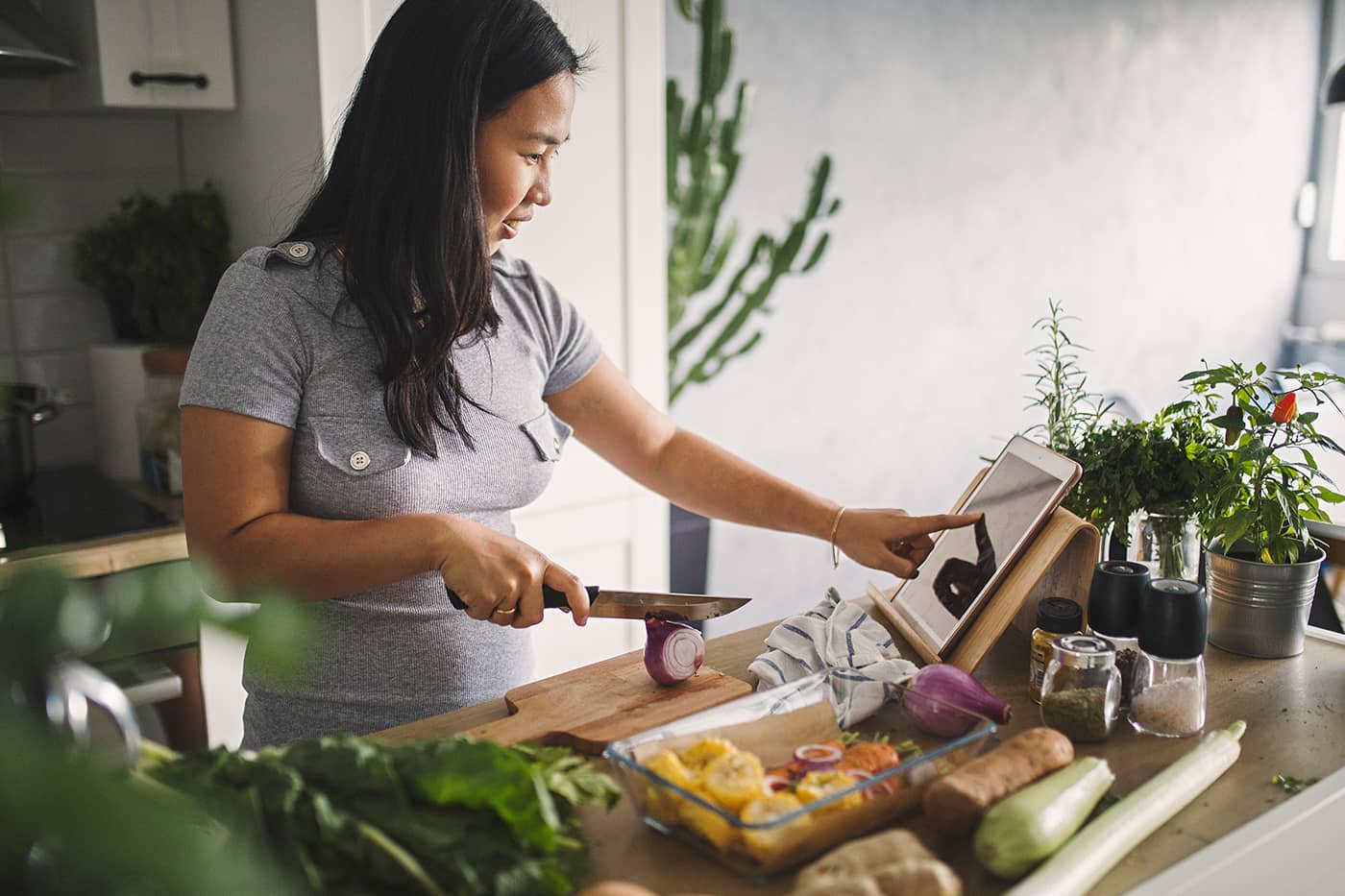
BoxGreen Co.
Founded by plant-based buddies Andrew and Walter, BoxGreen is a B-corp-certified snack maker, passionate about treats that are both nutritious and eco-friendly. Strong in their belief that healthy snacking can be just as tasty, the two set out on an experimental journey to discover various flavours, ingredients and textures to make snack time an indulgent yet guilt-free experience.
Their eco-conscious ethos extends to all facets of their business. For instance, individual snack packaging is made entirely from recyclable materials, and they’re working towards incorporating a plastic-free policy across their operations.
While BoxGreen’s delicious snacks encourage plant-based adoption for a healthier environment, it’s also worth mentioning their do-good initiatives that contribute to a better society. For instance, the brand works with Yellow Ribbon Project to offer training and upskilling opportunities to inmates by employing them to pack snack boxes in prison.
Through community empowerment, BoxGreen shows the power of extending kindness and empathy so that anyone, regardless of background, can be a force of good for society.
Read more about BoxGreen’s sustainability story, or head straight to their online store to order vegan treats.
3. Choose Eco-Brands Over Mainstream Products
While off-the-shelf goods have the benefit of being accessible to all, not many consumers are aware of the environmental costs that come with mass production.
Eco-friendly brands are generally more transparent with their processes, exercising more quality control to ensure sustainable methods result in low-waste products that customers can wholeheartedly enjoy.
Coffee, for example, is a common sight in many households. By choosing to buy brands like Bettr Coffee Company, our frequent purchases can help contribute to their mission of building a healthier environment.

Bettr Coffee Company
Since its founding in 2011, the team have taken their passion for coffee to create a community of eco-conscious partners, customers and beneficiaries with their range of specialty coffee products.
Their best-sellers include zero-waste coffee capsules and sustainably-sourced beans that cater to retail and wholesale buyers all over the region. Even with international fans, they still maintain carbon-neutral deliveries to support a cleaner environment all around.
Their on-ground operations are just as planet-friendly with the use of recyclable materials and biodegradable serveware in retail bars, workshops and corporate events.
A purchase with Bettr Coffee Company goes towards social initiatives that give back to less privileged communities, such as the vocational programmes and micro-enterprise opportunities that the brand runs for marginalised women and youth-at-risk.
You can find success stories from their Instagram, and give your support to this homegrown business the next time you need to restock your coffee supply.
Giving & Making A Difference
Much like these businesses, Geneco is also adopting our own way to enact the spirit of giving through this festive period. We know that every act of kindness can make a life-changing difference to the planet and its people, and contribute towards safeguarding a future that sees a happily ever after for many generations to come.
In the season of gifting, Geneco presents #HappilyEverAfter campaign and co-created an exclusive children’s e-book, ‘The Little Green Heroes’ with 3Pumpkins, a socially engaged non-profit that engages less privileged youths in art projects, as part of our fundraising initiative.
This lovely children’s story revolves around René, Ria, and Rhys, a group of three good friends with special powers, who always took good care of their Planet Erf. However, a giant Trash Monster appeared and wrecked havoc on Planet Erf. How would René, Ria, and Rhys rise to the challenge and protect what they love?
Through this collaboration, we invite you to spread the festive joy by donating to the #HappilyEverAfter Fundraising initiative that will help to contribute to their purpose and Power The Change for these children.
You can download the complimentary e-book here or listen to the read-aloud version by Kelly Latimer.
We are also giving away $50 worth of FairPrice e-vouchers and an exclusive Geneco Green Starter Kit to 10 lucky winners over on our Facebook and Instagram pages! All you have to do is to answer this: “Name one of the featured sustainable organisations mentioned in our latest article,” and follow the rest of the steps in the post to stand a chance in the giveaway. Contest runs from 30 November 2022 to 14 December 2022.
Together, let’s Power The Change for good and share our happiness with one another.
Youths in action — advocating sustainable living their way
- Home
- Archive by Category "Residential" (
- Page 4 )
[Post Date]
Youths in action — advocating sustainable living their way
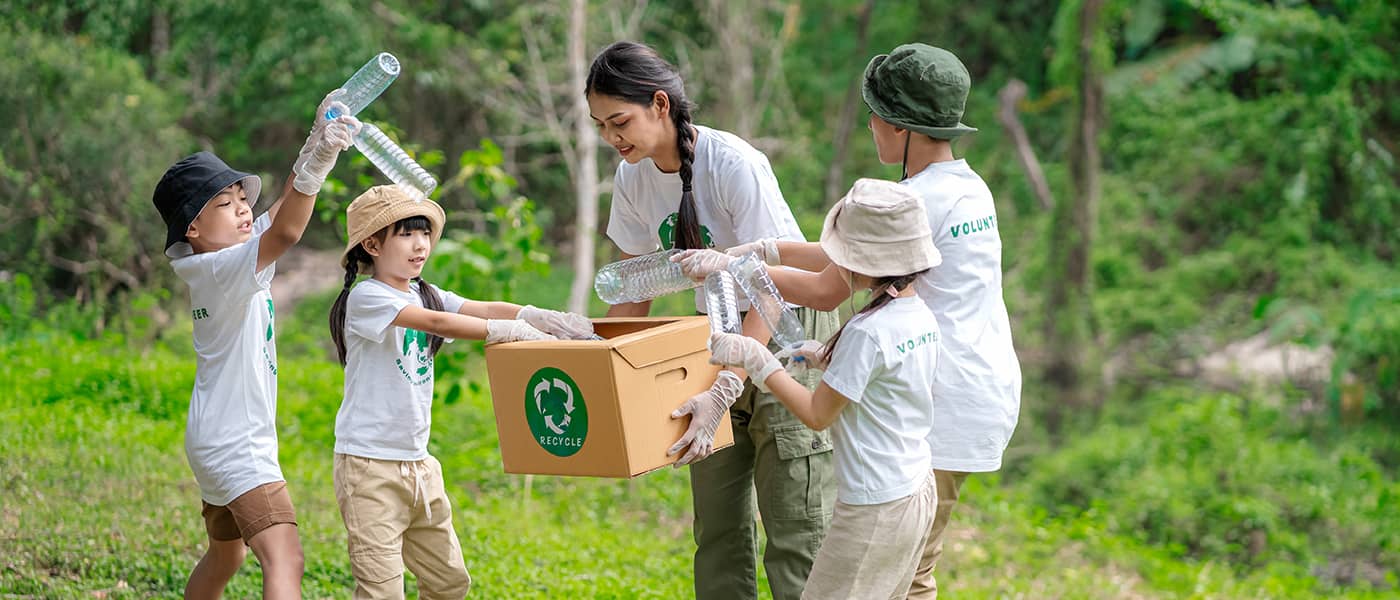
In recent years, we are heartened to see the rise of many youths taking charge to help build a greener future for themselves with meaningful eco-initiatives and purposeful green businesses. Whether it is an individual or creating communities, they are set to empower everyone to take part in their mission for a more sustainable nation. Let’s take a look at the noble efforts of these young advocates as they passionately devote themselves to bringing all of us closer to their common green vision.
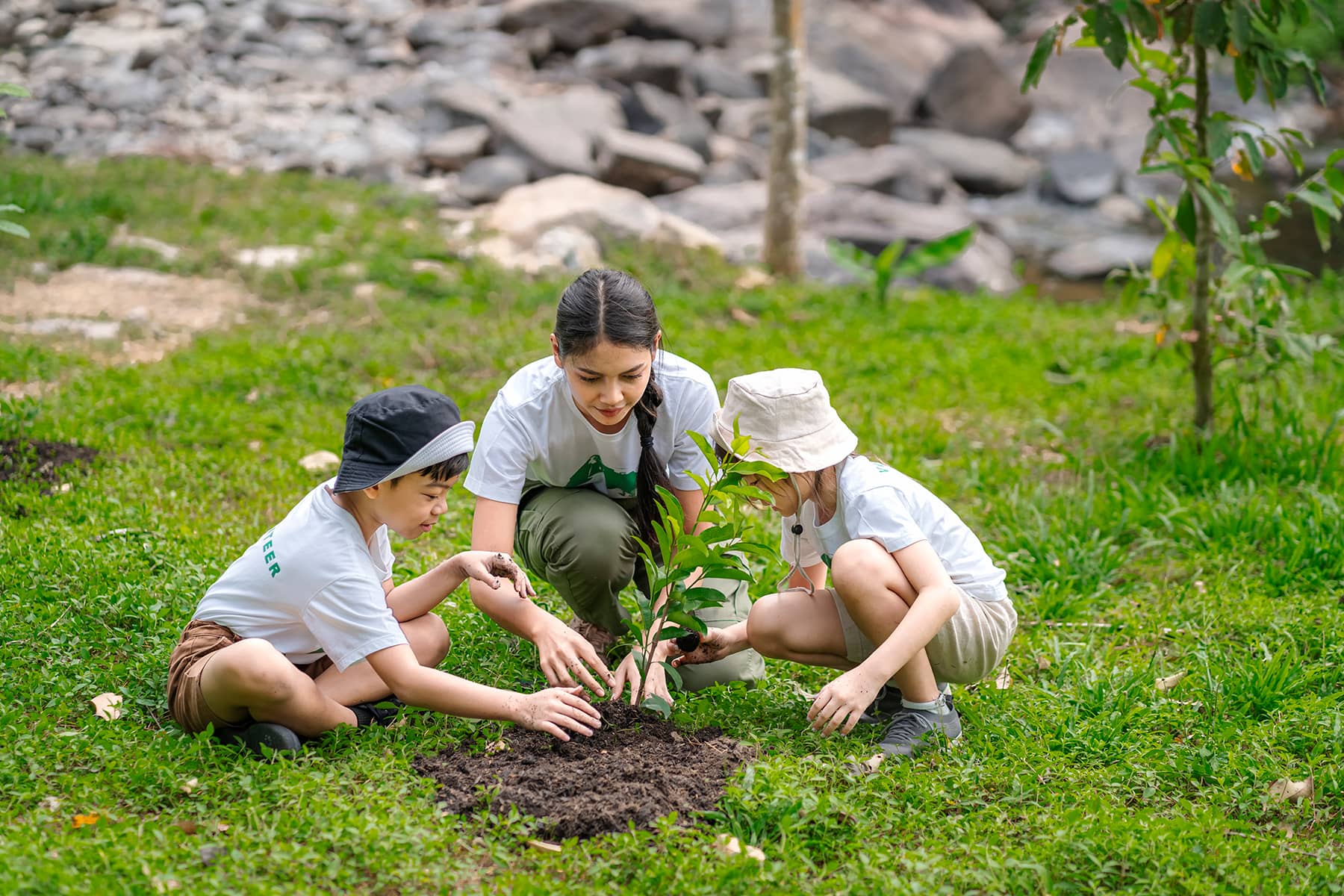
1. Taking small steps towards sustainable living
Embracing a sustainable lifestyle is something that needs time to develop and sometimes research needs to be done, which can also be time-consuming for those who just started to embark on their eco-journey. If you’re on the lookout for ways to introduce small steps to build a better planet, The Sustainability Project opens its doors to you with its one-stop platform!
The Sustainability Project
Jo, also known as Joline Tang, is the founder of The Sustainability Project (TSP). She has been an environmental advocate since her polytechnic days. From lecture notes to metal cans, she would find various opportunities to recycle them. During her university days, she had the opportunity to travel to Norway for a university exchange program. This trip gave her the courage to start TSP and since then, she has only one goal in mind for TSP – ‘Sustainable Living Made Easy’.
At TSP, Jo breaks down hard and difficult topics into smaller actionable workshops, talks, activities and donation drives for the public to take part in. One such activity is Zero Waste Packaging Initiative, where they collect used packaging and repurpose them into other packaging.
Apart from selling sustainable items on their online shop, TSP also offers sustainable business consultation services to other small business owners.
If you are looking for a place to kickstart this exciting initiative, you can join the TSP volunteer program! Various volunteer positions, such as writer, workshops, social media, and others are available. Or do visit TSP on Instagram to find out more!
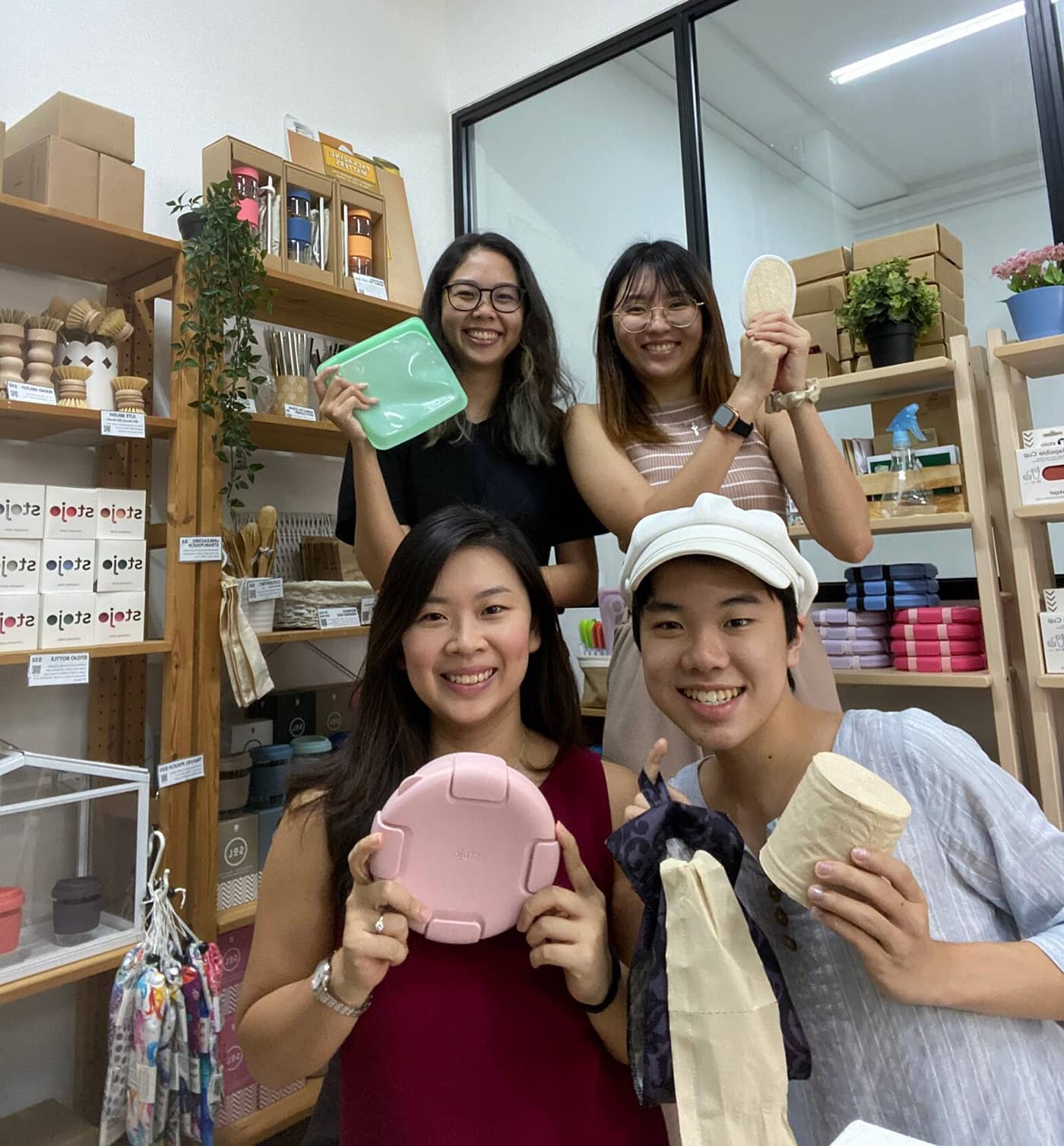
Source: The Sustainability Project
2. Educating the public through fun, bite-sized graphics
Illustrated stories or comics could be a great way to get youths interested in environmental awareness. Youths have always been enamoured by colourful, easy-to-understand stories and relatable mascots. That’s how climate activist Woo Qi Yun chartered her course of environmental studies through a unique style of doodling on social media.
The Weird and Wild & Climate Cheesecake
To capture the hearts of today’s youths, Qi Yun started The Weird and Wild, a creative platform that focuses on communicating environmental awareness through technology and design. Her creations made sustainability simple, accessible, fun and digestible.
Through her self-taught talent – doodling, Qi Yun regularly updates her creations on her website and Instagram. She covers hard topics about irregular local hot weather conditions, climate action, wildlife preservation, rising sea water and climate reports. She has also created an adorable frog-like mascot to tell stories on various environmental messages in her own unique ways.
Together with a group of young environment enthusiasts, Qi Yun has also made a collective effort to kickstart a podcast programme named The Climate Cheesecake Podcast. It is a weekly Spotify series that “breaks down heavy climate topics — just like cheesecake!”. The half-hour-long episodes are entertaining, casual and insightful and together with the charismatic hosts; Rachel, Sankar and Movin, they provide refreshing perspectives on sustainability and environmental issues in each episode.
In one of their recent episodes, “Last Time My Kampung Have”, The Climate Cheesecake Podcast talks about the loss of forest biodiversity to our rising demand for resources and explores alternatives to ensure a more responsible consumer lifestyle.
If you are interested to hear more about this group of young advocates, follow The Climate Cheesecake Podcast on Spotify or Climate Cheesecake on Instagram. You can also get the latest updates of Qi Yun, The Weird and Wild on Instagram!

3. Connecting with nature through art
‘Art is often magical’ – this clearly illustrates how Singapore-based artist and writer Dorcas, works her magic to create powerful art to share her own message of sustainability. Through her unique creation, Dorcas expresses the deep connection she has towards people, wildlife, plant life, and the planet we all live on. Dorcas uses art on her own website and Instagram as a medium to advocate various environmental and social issues that happen both locally and worldwide.
Nature Art Classes For the Young
“I don’t know if this will change anything, but I know it’s the right thing to do” – This sentence is often mentioned by Dorcas. She hopes to put her vision of the world into creative practice, and continue to guide and teach everyone to create an impact the world needs.
Dorcas teaches two forms of art classes. In Intertidal relics classes, her students will get to experience how to create basic shapes, understanding colour theory and textures and illustrating any character of their own choice. Whereas in the ‘Earth Painting’ classes, she teaches students to create art pieces with soil so that the students will get to experience using natural materials and be more connected to the motherland.
Don’t miss these unique classes by looking out for their next session here. If you also find Dorcas’s unique are helpful, do support her on her website or follow her on Instagram.
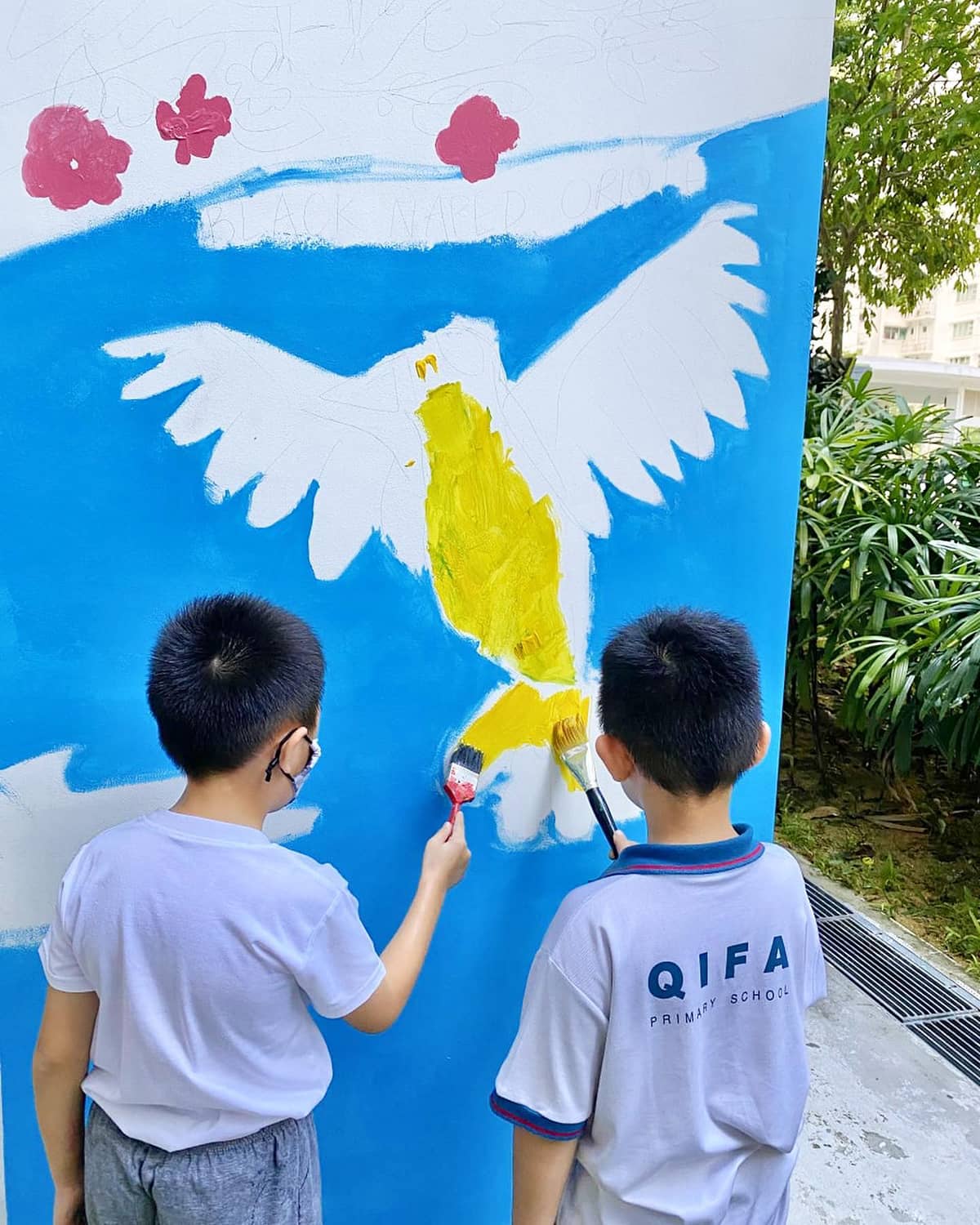
Source: @earthtodorcas
Generation restoration is a new era where youths come together to create green initiatives for the environment. Just like how Jo, Qin Yun and Dorcas have created a movement of their own, it is heartwarming to see them continuously using various new ways to advocate for the causes they believe in.
To build a greener environment for everyone, climate restoration is a collective effort for everyone. Let’s be inspired by the youths of tomorrow and continue to contribute through our daily green efforts.
Together we can #PowerTheChange and build a greener world for the next generation.
Here’s how you can take steps to tackle climate change
- Home
- Archive by Category "Residential" (
- Page 4 )
[Post Date]
Here’s how you can take steps to tackle climate change
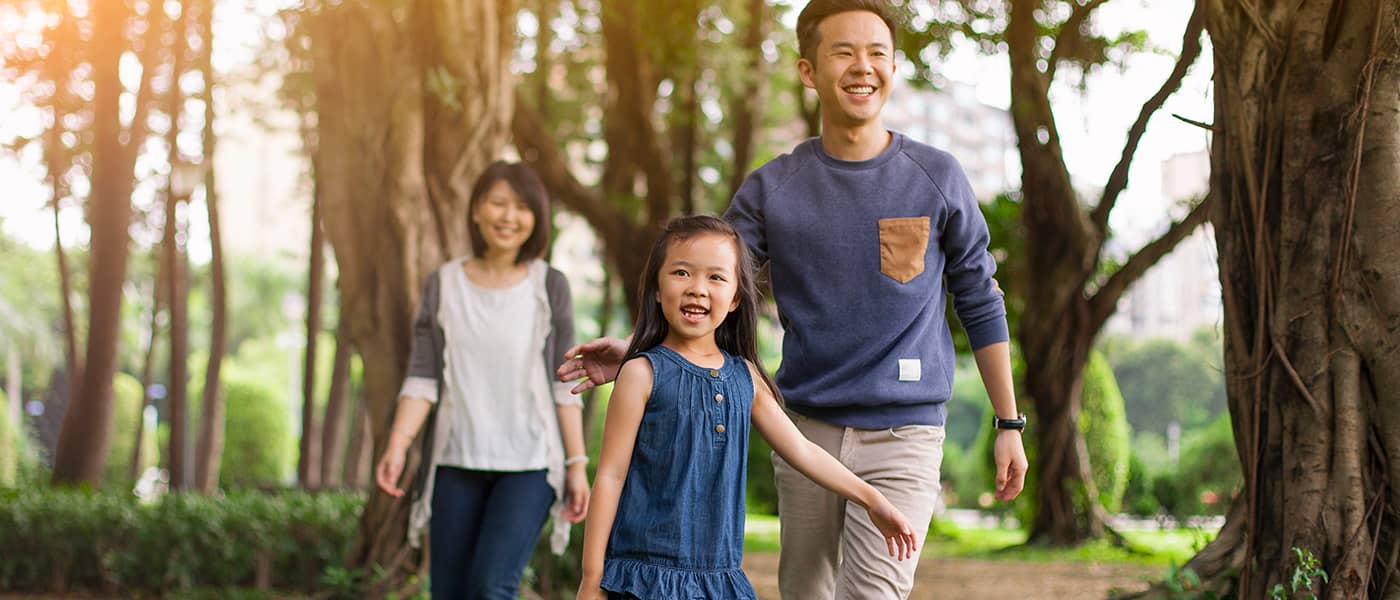
The conversation on climate change has been more prevalent over the years. It’s heartwarming to see more individuals and communities taking positive steps for our planet, and we hope you can come onboard with us on this green lifestyle journey.
To ease you into adopting a more sustainable way of living, we spotlight some of our homegrown eco-advocates who seek to guide you towards a greener tomorrow. Each of them has taken great strides in spreading awareness for a more eco-friendly way of life. From early environmental education for children and a climate focused discussion platform for youth to recyclable initiatives for adults – there is something for everyone.
Let’s find out more about some of the programmes and activities from these groups that can help empower you and your family to take a more proactive role towards a greener nation!
1. Join green activities organised by eco-advocates
Spark your appreciation for our natural biodiversity with Cicada Tree Eco-Place, a non-profit, non-governmental organisation, which was co-founded in 2006 by a group of five Singaporeans. Supported by volunteer educators, conservationists, environmentalists, eco-artists and wildlife activists, the group was formed in an urgent response to the climate change crisis and its impact on wildlife and humans.
Cicada Tree pushes for climate action through their three-pillar mission: Providing affordable and quality environmental education for all; conserving and protecting Singapore’s natural heritage by raising awareness of both local and regional flora and fauna; and encouraging individuals and organisations to adopt an eco-lifestyle.
You can also take an active role and join in Cicada Tree’s wide variety of outreach activities, including nature walks, workshops, camps, and experiential learning in the outdoors.
If you want to get more involved in their cause, check out Cicada Tree’s calendar for upcoming charities, fundraisers, and seminars that you can participate in!
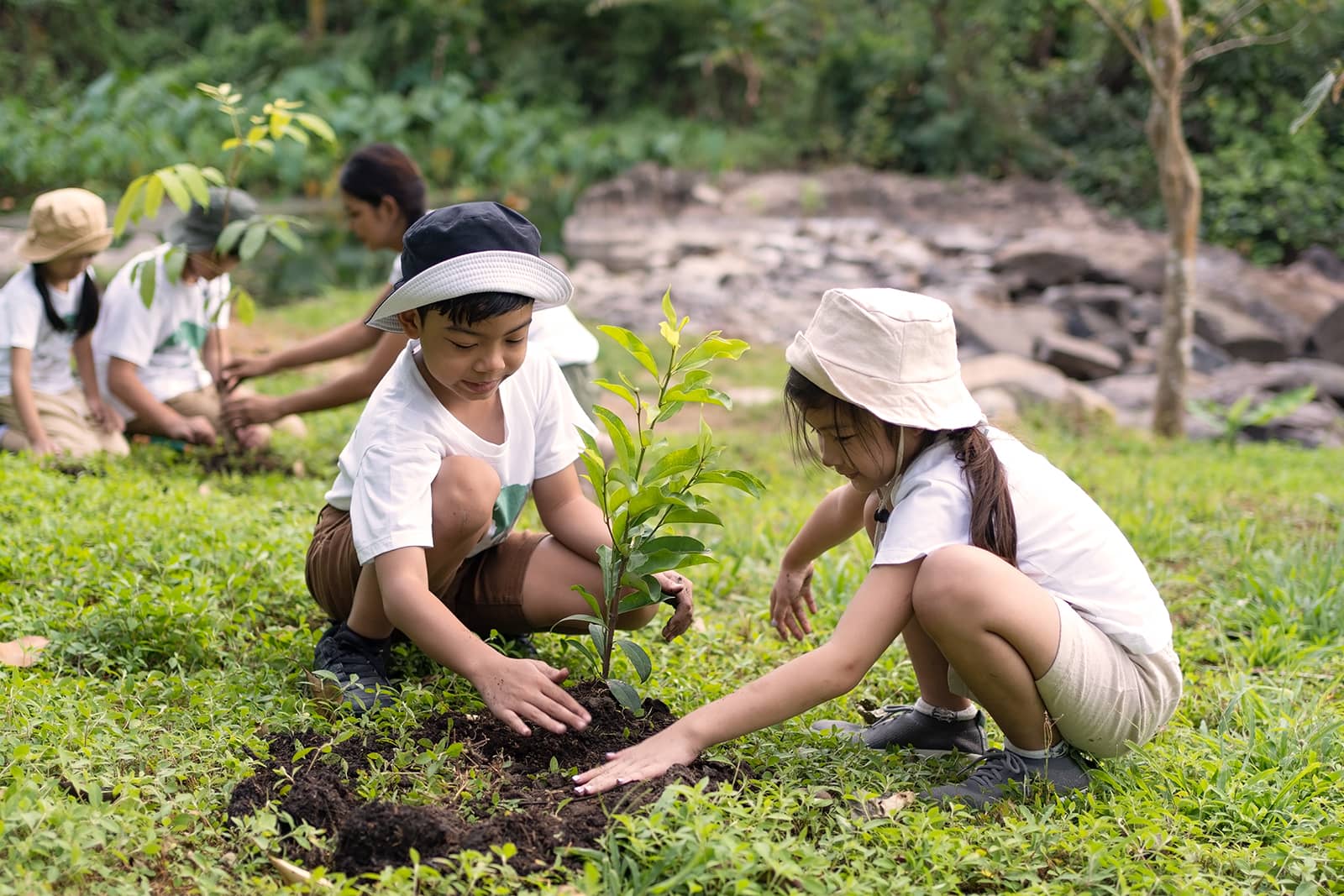
2. Lend an active voice to climate change policies
The Singapore Youth for Climate Change (SYCA) has been leading the conversation to meaningfully engage our youths in the ongoing discussion about environment and climate policies. Co-founded by a group of youths, SYCA’s goal is to provide a platform for Singaporean youths to engage in topics related to sustainable development and various climate awareness initiatives.
At present, SYCA represents Singapore in the United Nations Climate Change Conference, Conference of Parties (COP) to work with other nations on how to keep the earth healthy. In the local sphere, the group also works with schools to teach our future generations how to live sustainably to protect and preserve a greener tomorrow.
You can be part of the active conversation by joining SYCA. They are running a five-part workshop called “Keeping Up With Climate Policy” which opens the floor for you to pinpoint specific areas for our nation to further advance our climate policies — and you can join in for their second instalment! SYCA also welcomes volunteers to help plan or lead some of the environmental projects.
If you have the passion to drive some of these environmental initiatives, get in touch with them on Telegram or follow them on Instagram @syclimateaction to receive regular updates.
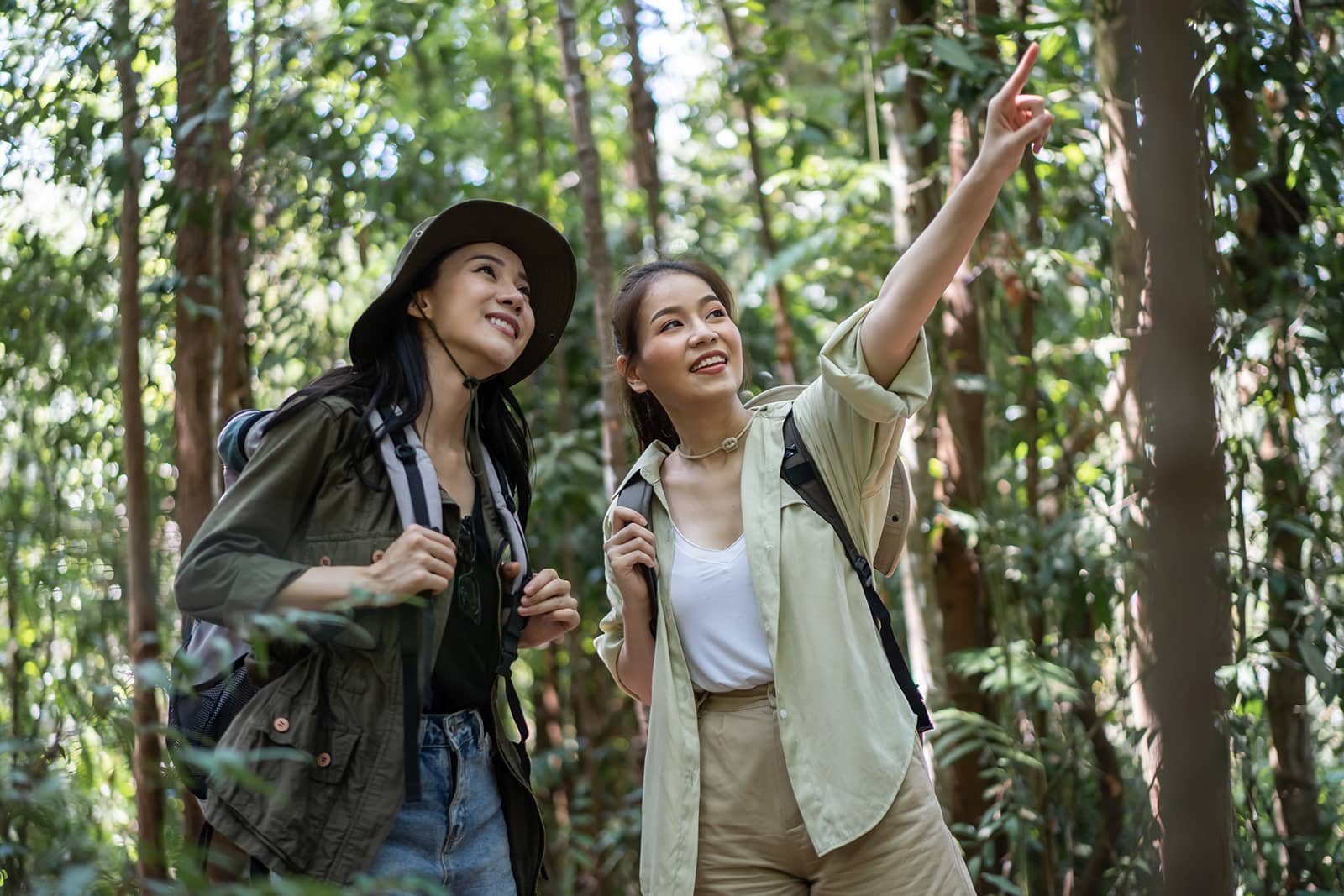
Source: The Sustainability Project
3. Impart eco-friendly knowledge to the next generation
The first step to establishing a more conscious eco-friendly lifestyle is always easier when you start from young.
Earth School focuses exclusively on environmental education for the young and pre-teens. Run by a team of passionate youth environmentalists who believe in the power of environmental education to create change for our future, the school brings together our local environmental community from eco-organisations to fellow environmentalists to share their knowledge and expertise to motivate and ease the younger generation into environmentally-conscious individuals.
If you’re looking for a versatile classroom environment that can break down complex environmental issues into digestible, hands-on lessons for your children, Earth School has you and your kids covered. Enrol your young ones to be part of the solution and help equip future generations with the knowledge needed to reduce climate change.
You can also check in on their event calendar to find environmental exhibitions and films like Waves of Change at the Singapore ArtScience Museum, or give back to the community in voluntary initiatives like their beach cleanups.
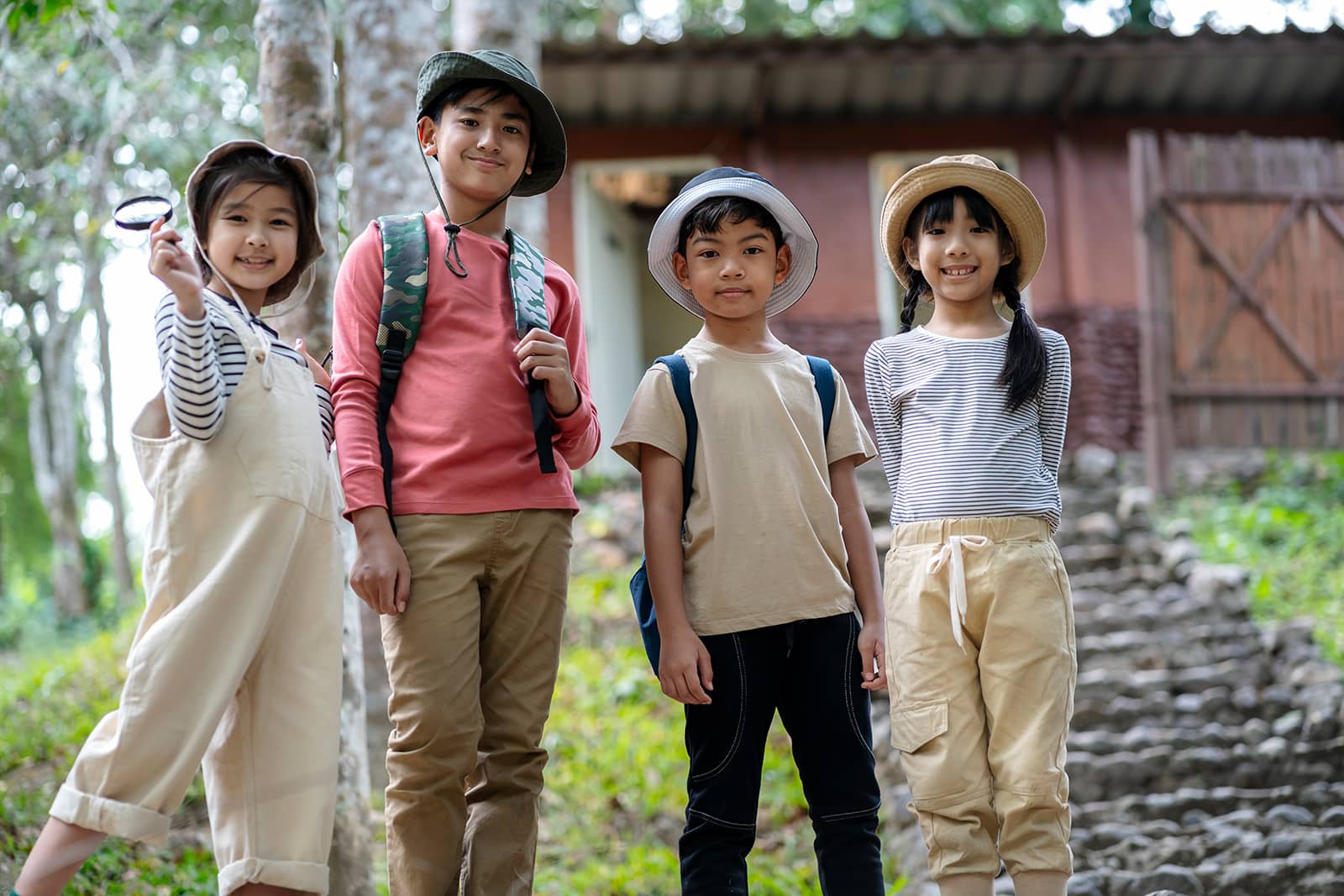
4. Reduce your carbon footprint with less plastic
Take a moment to think of how much plastic we use each day; every form of disposable packaging we have ever used when we opened or bought something new. Making the active decision to turn away from environmentally damaging plastic is the behaviour that Plastic-Lite wants to help you encourage such as bringing your own tingkat containers for your lunches, or shopping for groceries with your own tote bag.
Plastic-Lite is a grassroots volunteer community that was formed in 2016 to inspire Singaporeans to cut down on plastics; essentially a Plastic-Lite lifestyle.
They educate the community on many fronts including visiting eateries and supermarkets to encourage the public to go light on straw usage and reducing plastic bag use. Plastic-Lite also hosts workshops in schools and at corporate seminars to spread the word about sustainability and adopting a plastic-lite lifestyle!
One of Plastic-Lite’s most successful initiatives is Bounce Bags, a bag-sharing programme where anyone can donate reusable bags at the kiosk located within Our Tampines Hub, B1 outside NTUC Fairprice or Heartbeat@Bedok.
Alternatively, you can also visit their website, “Let’s Talk Climate” to learn more about environmental issues happening worldwide.
Singapore’s efforts against climate change
As we all might know, Singapore has been continuously taking steps to contribute to climate action. The OneMillionTrees Movement by NParks is a key initiative to achieve our Singapore Green Plan 2030 and Geneco has been supporting the movement by being part of the Garden City Fund’s Plant-A-Tree programme with the commitment of planting 250 trees over 5 years since 2021.
This World Ozone Day, also known as the International Day for the Preservation of the Ozone Layer on 16 September, we planted an additional 150 trees in Pasir Ris Park to celebrate the announcement on Geneco being Singapore’s Number 1 Residential Electricity Retailer.
Now, let’s put your knowledge to the test in our Geneco Facebook or Instagram contest now and you could be one of the 10 lucky winners to walk away with a $50 FairPrice e-voucher and an exclusive Geneco Green Starter Kit!
Simply comment with your answer to this question on either of the social media platforms: Name one of the local organisations mentioned in our blog that can empower you in the journey against climate change.
You too, can be part of the climate change solution by taking part in the initiatives we have mentioned in the blog.
Let’s continue to #PowerTheChange and take steps to tackle climate change for a greener future.
3 Lesser-known facts about Singapore’s “Garden City” vision
- Home
- Archive by Category "Residential" (
- Page 4 )
[Post Date]
3 Lesser-known facts about Singapore’s “Garden City” vision
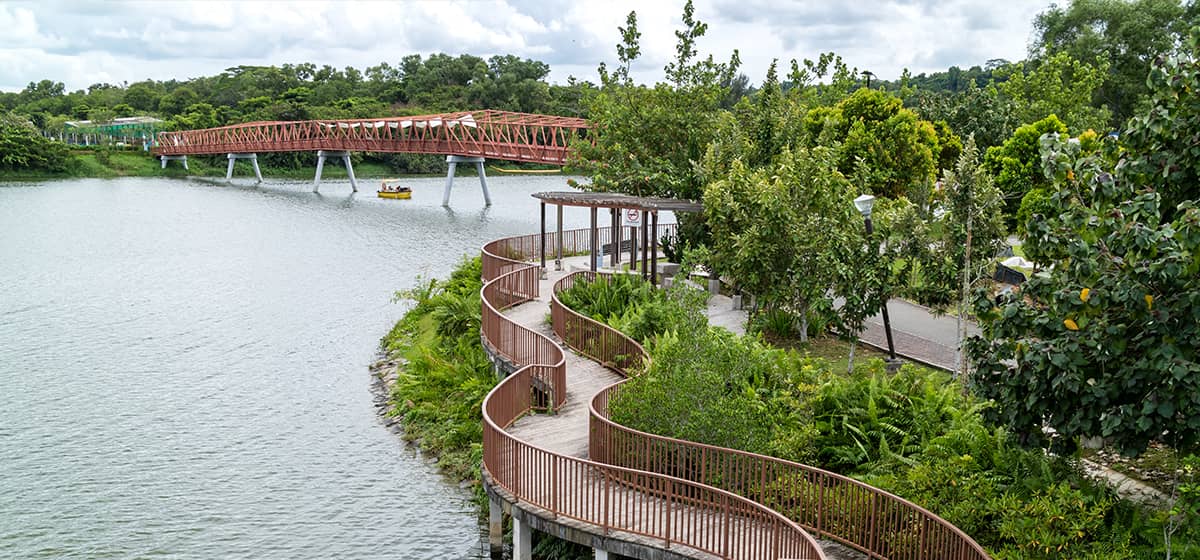
As one of the greenest cities in the world, Singapore is often known as the “Garden City” – a unique urban city with plenty of greenery from shores to streets.
Much of this commitment to developing green spaces stemmed from the famous Garden City Movement – the brainchild of Singapore’s late founding father Mr. Lee Kuan Yew during the early days of independence.
How did Singapore grew to become the lush urban city it is today? Here are 3 lesser-known facts behind Singapore’s Garden City movement that you may not have known:
Fact #1 – The roots of the Garden City Vision can be traced back to pre-independence
While many may have thought that Singapore’s Garden City initiative started during the post-independence nation-building days, did you know that in fact, it started two years before independence in 1963? Mr. Lee Kuan Yew, the then-Prime Minister of Singapore, launched the first Tree-Planting campaign in Clementi and even planted the first tree himself – a Pink Mempat, known for its beautiful cherry blossom-like flowers. Anchored by the belief that an “urban jungle of concrete destroys the human spirit”, he set out with the mission to fill the country with an abundance of greenery to lift the spirits of Singaporeans.
Post-independence, Mr. Lee then unveiled the Garden City Vision in 1967 to continue Singapore’s transformation into an island of lush greenery. The initial phase was characterised by an active tree-planting programme, with the number of trees increasing from 158,600 in 1974 to 1.4 million in 2014.
On top of these efforts, Mr. Lee also introduced an annual Tree Planting Day on the first Sunday of every November to continuously beautify Singapore and maintain the green spaces of our cityscape. This practice has continued to endure to this very day and has even been expanded by our National Parks Board (NParks) as one of the key initiatives in the Singapore Green Plan 2030, the OneMillionTrees Movement, which aims to plant one million trees across the island by 2030.
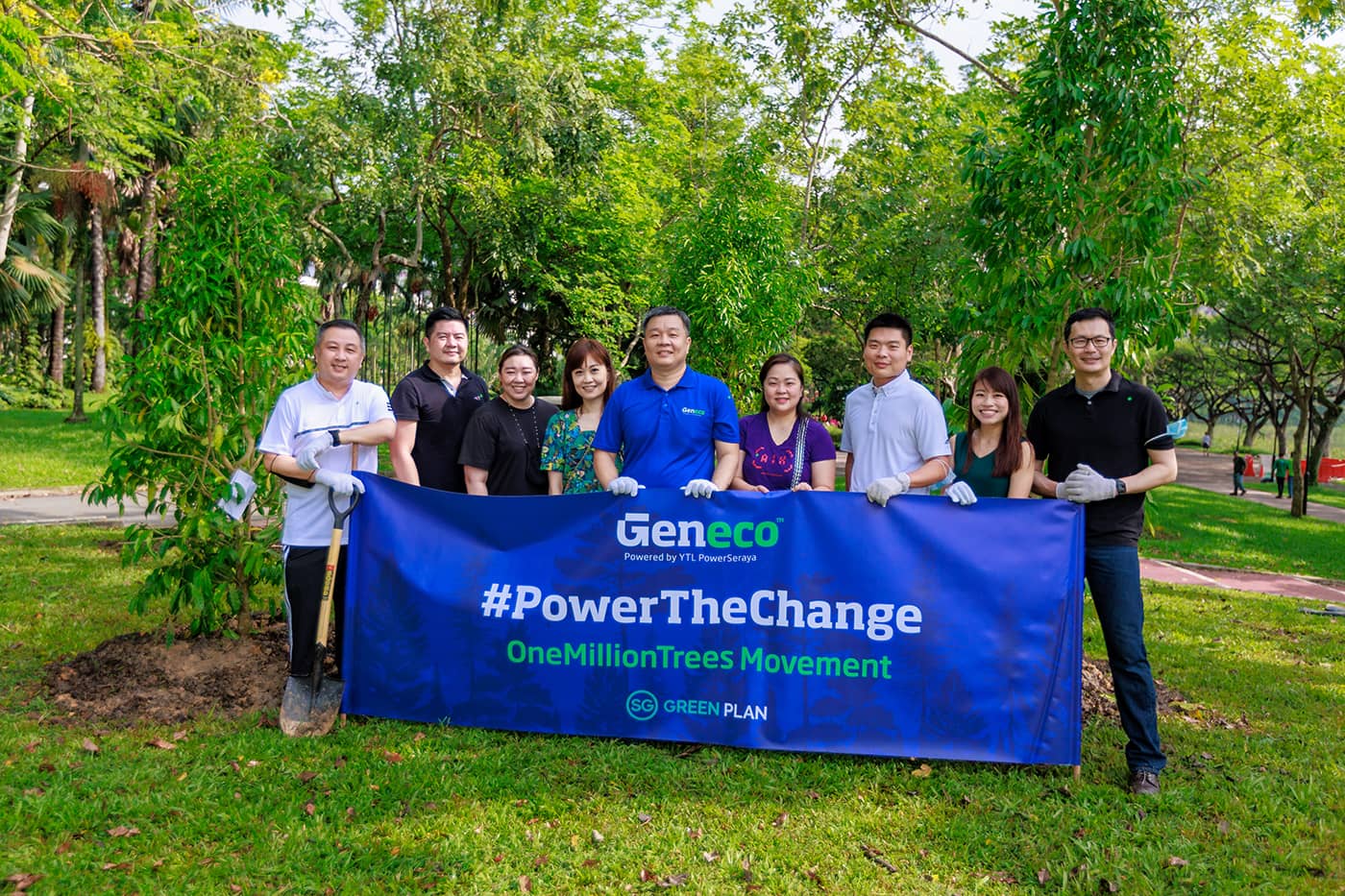
Geneco is proud to be part of NParks’ OneMillionTrees Movement, with our commitment to plant 250 trees over five years. This year, we are also pledging to plant an additional 150 trees on World Ozone Day (16 September) as part of our Geneco x Garden City Fund fundraising initiative on Giving.sg. Join us as we raise funds for this movement, and we will be matching your contribution dollar-for-dollar with 100% of the money raised to go towards this initiative!
Fact #2 – Growing the green spaces around us meant building more than 300 parks!
In the 1970s, Singapore sought to expand our green spaces beyond planting trees around our infrastructure. An additional focus was added to the Garden City Movement and includes cleaning up our streets and developing parks to allow Singaporeans to get in touch with nature or simply spend time in nature with their family.
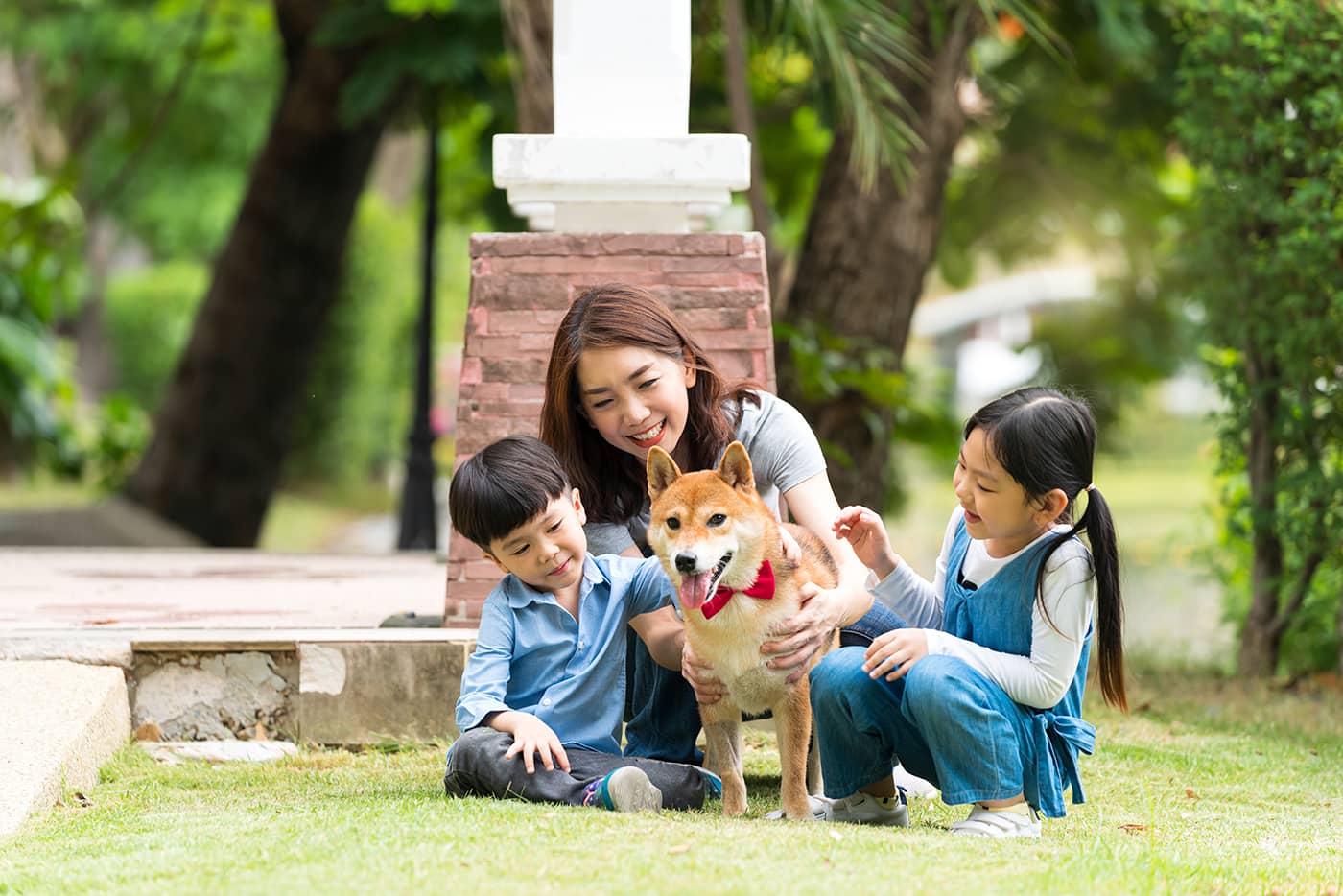
Source: The Sustainability Project
Besides serving as recreational spaces, these parks were also the “green lungs” nestled amongst our city environment, providing clean, fresh air for everyone. From 1975 to 2014, the number of parks in Singapore increased from 13 to 330, greatly expanding the green spaces around our homes and workplaces. As Singapore grew the green spaces around existing infrastructure, green corridors and park connectors were also developed, linking the various parks to form continuous green spaces.
In addition, nature reserves were set up to serve as safe havens for flora and fauna while allowing Singaporeans to enjoy our rich natural heritage. In recent years, the return of otters to our waters and exotic migratory birds are a testament to how far we have come as a city living in harmony with nature.
With the announcement of the Singapore Green Plan 2030, one of the key focus is to continue to nurture a City in Nature. This includes doubling the annual tree planting rate and adding 1000 hectares of green spaces by 2035, which will contribute significantly to creating a green, liveable and sustainable home for Singaporeans.
Fact #3 – We started growing our green spaces up since 2008
Because of land scarcity and an increasing population, there were challenges to continue growing the green spaces through parks and trees on the ground. Singapore decided that the solution was to look up! With a notable shift towards biophilia, our city began to incorporate sky-rise greenery into the design of our buildings.
In 2008, Green Buildings were made mandatory where all new developments must include flora, in the form of green roofs, cascading gardens, and verdant walls. The Pinnacle@Duxton, the tallest public housing development in the world, connects all seven 50-storey buildings with gardens on the 26th and 50th floors, allowing residents to draw close to nature even when high above the ground.
Our iconic supertrees at Gardens by the Bay also demonstrate the synergy between technology and nature. 18 supertrees varying from 25 to 50 meters in height act as cooling ducts for nearby conservatories, and collect rainwater. 11 of them also have solar photovoltaic systems to convert sunlight into energy.
Another example of this synergy is the CapitaSpring – one of the tallest buildings in the Central Business District (CBD) in Singapore. Standing at 51-storey high and 280 metres tall, this visually striking biophilic skyscraper is home to more than 80,000 plants from over 130 species, of which, more than 63 per cent are native plants. Best of all, the public can access these green features, including the Green Oasis, a mid-air botanical promenade, which spirals from Levels 17 to 20 and is home to over 38,000 plants from 70 species.
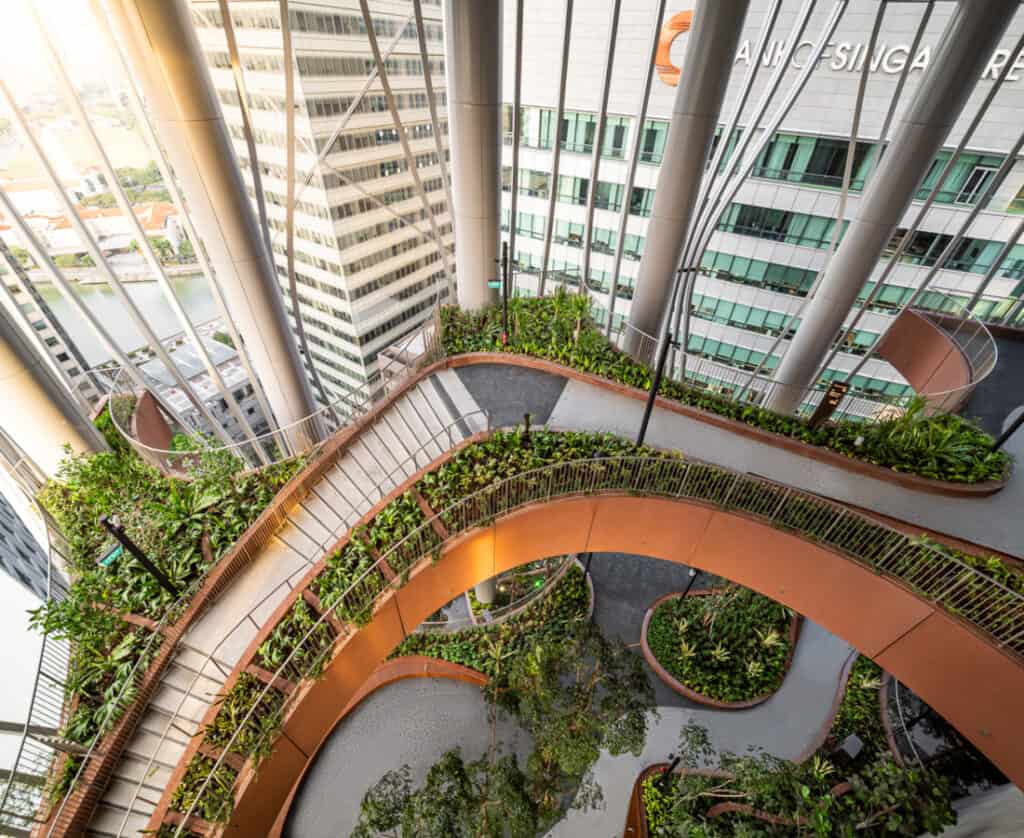
And there you have it, 3 lesser-known facts about Singapore’s “Garden City” Vision. Singapore has indeed flourished as a Green City because of these eco-conscious key initiatives that are rolled out with clear stewardship. To ensure a greener Singapore for our future generations, our job is far from done. Let’s continue to inculcate a go green mindset, one that involves making small changes in our daily lives and cultivating an appreciation for the beautiful greenery surrounding us. It is only by adopting a conscious awareness of a sustainable lifestyle that will ensure our City in Nature will thrive for many generations to come.
Now that you are empowered with the 3 facts of Singapore’s “Garden City” Vision, head over to our Geneco Facebook page or Instagram account where we are currently hosting a contest giveaway! Simply answer this question “What year was the Garden City Vision unveiled by Mr. Lee Kuan Yew?” and you could be one of the 10 lucky winners to walk away with a $50 FairPrice e-voucher and an exclusive Geneco Green Starter Kit!
Let’s continue to #PowerTheChange and build a sustainable Singapore together.
Because green is more than a colour.
It is our future.

